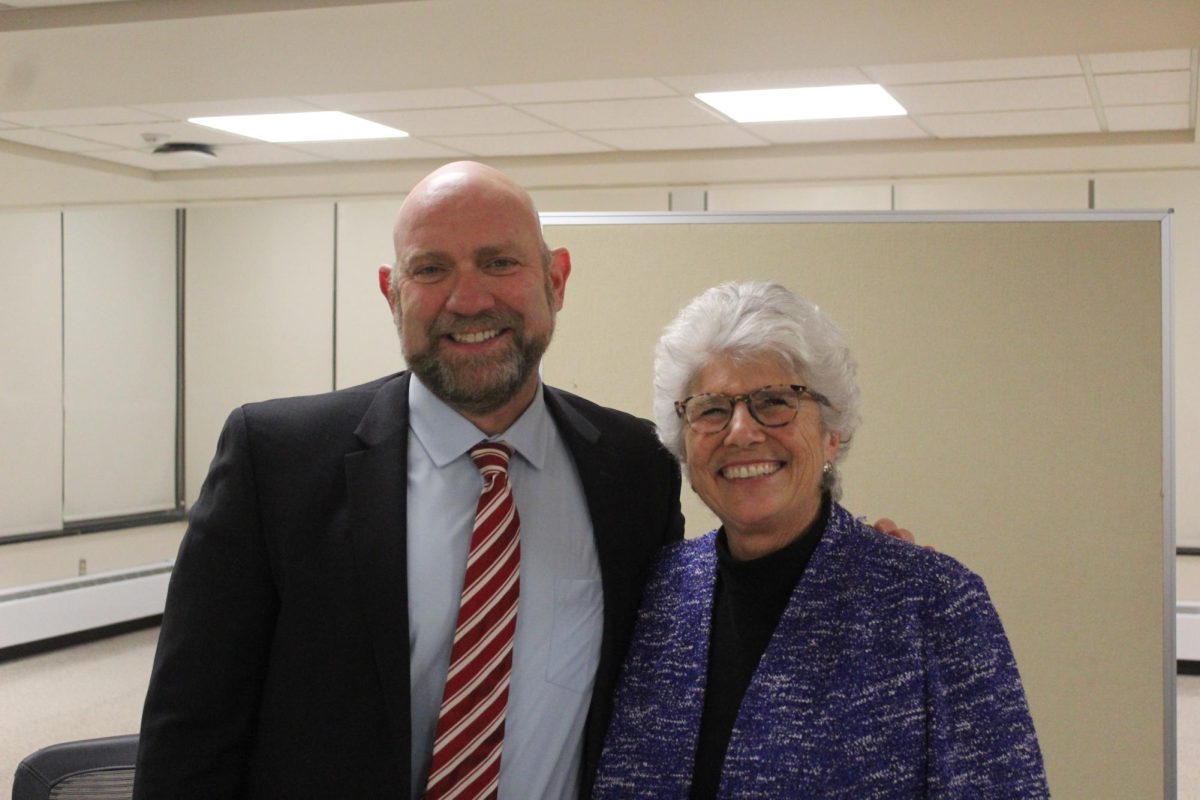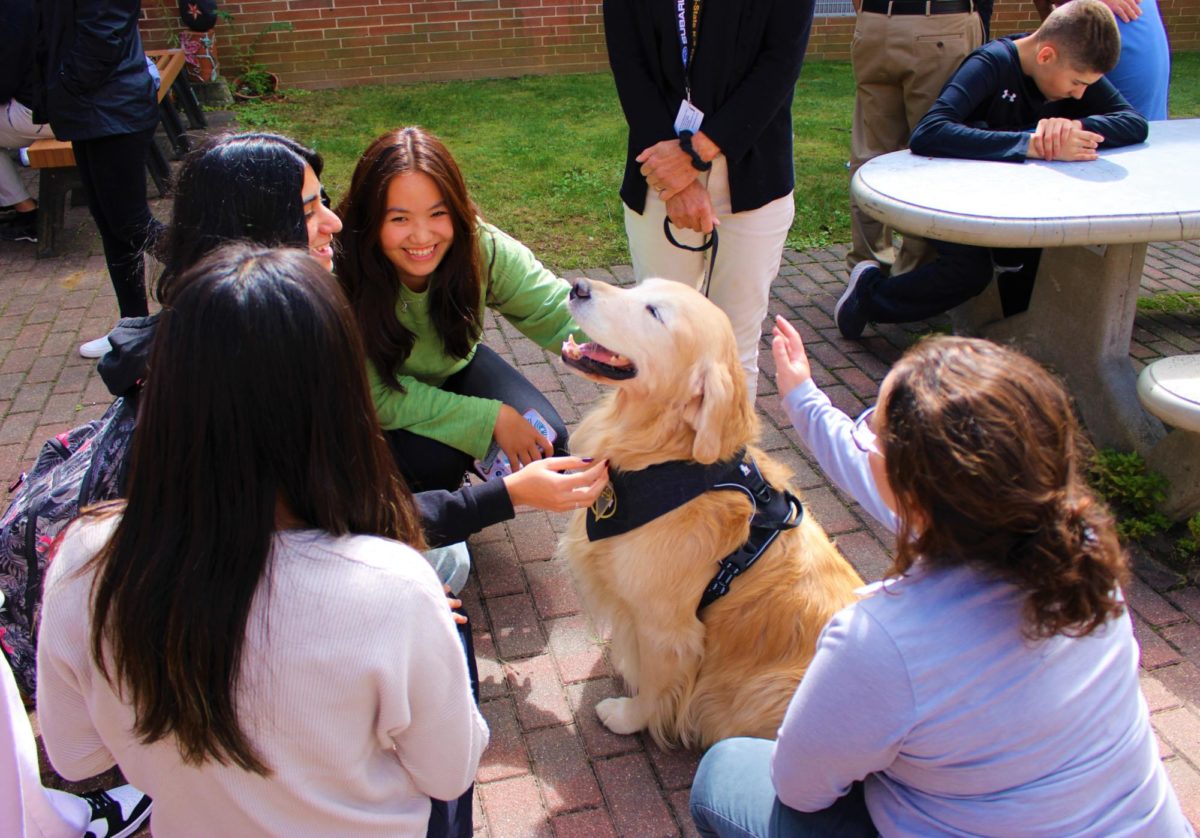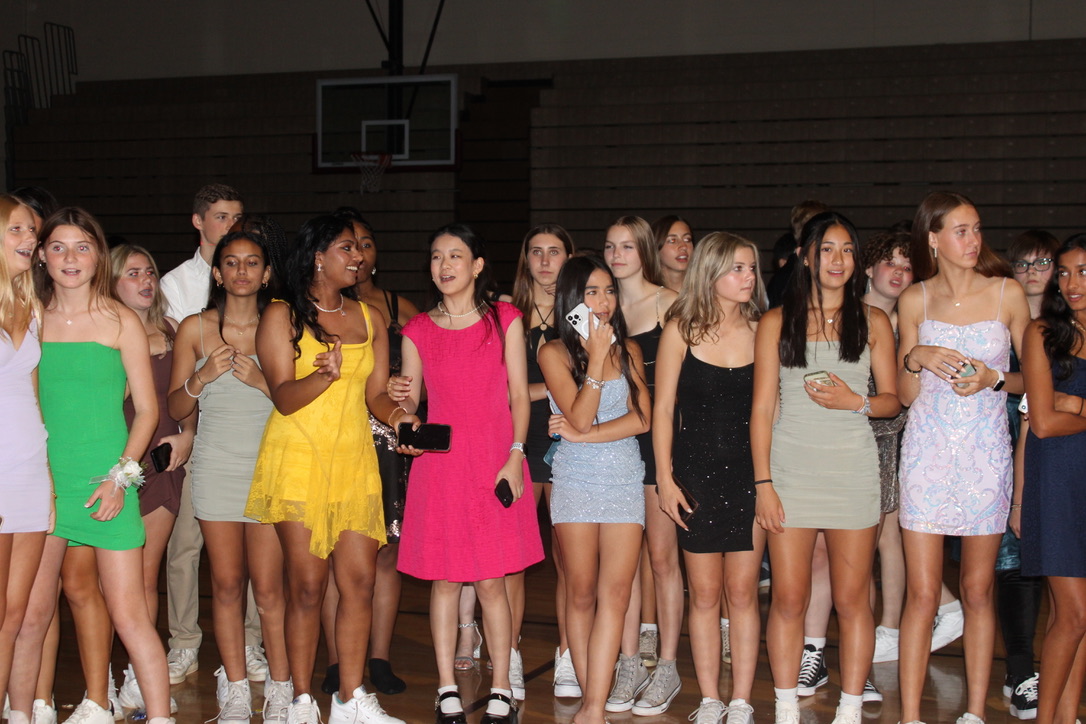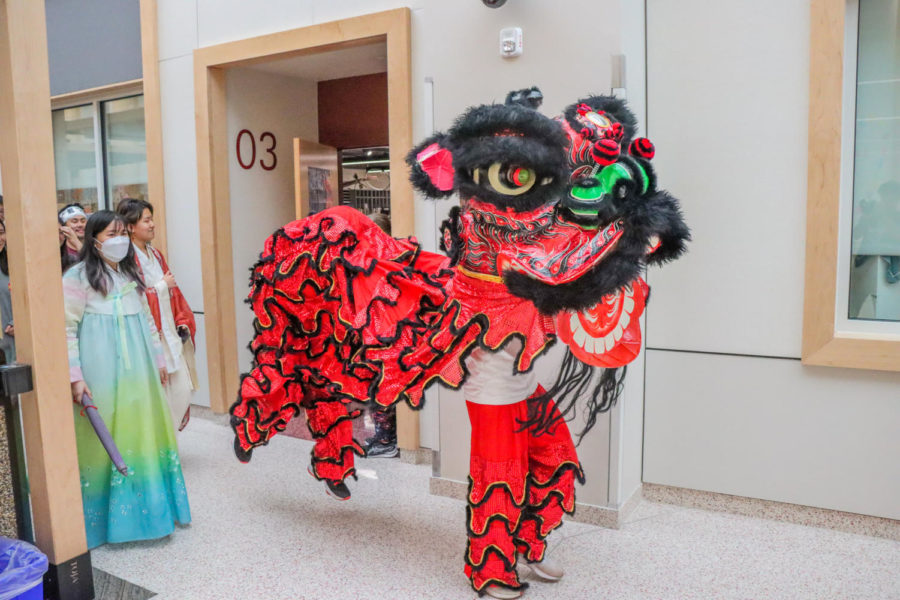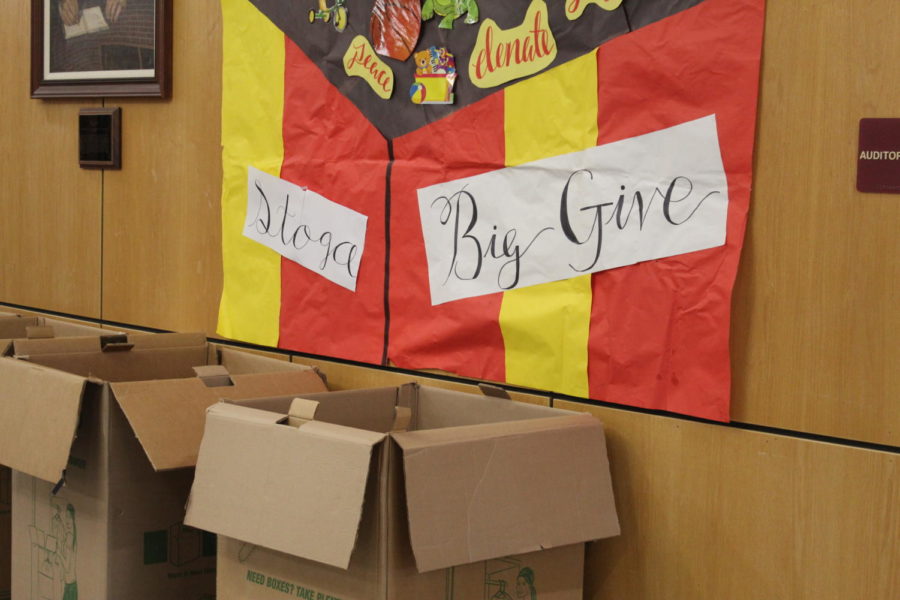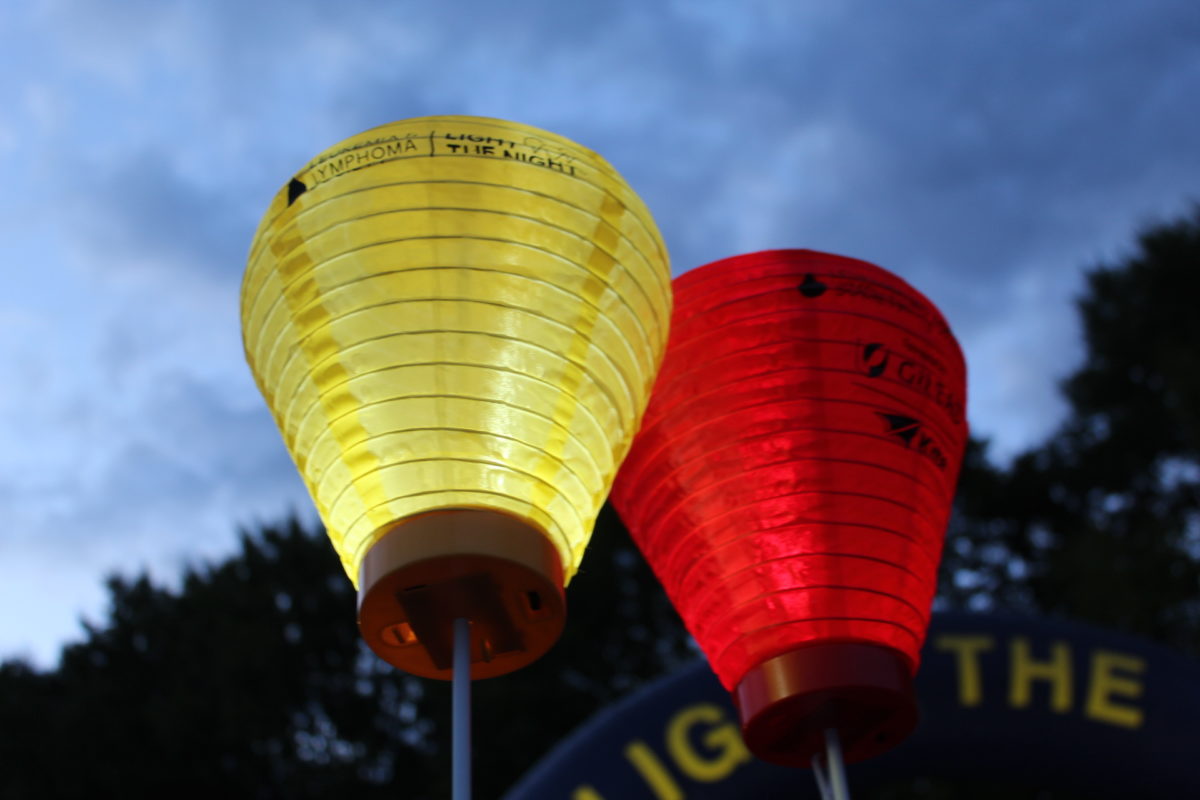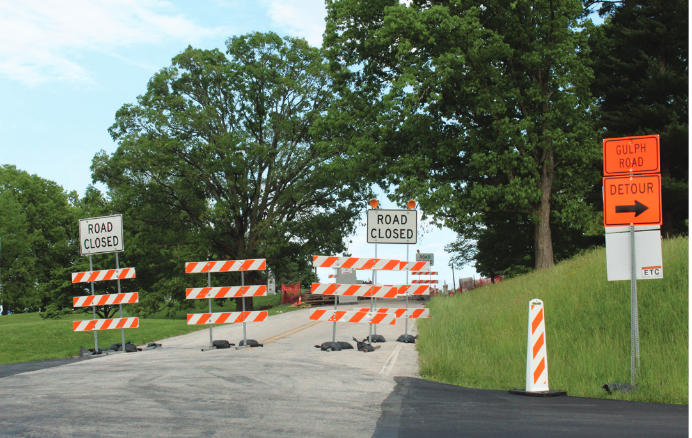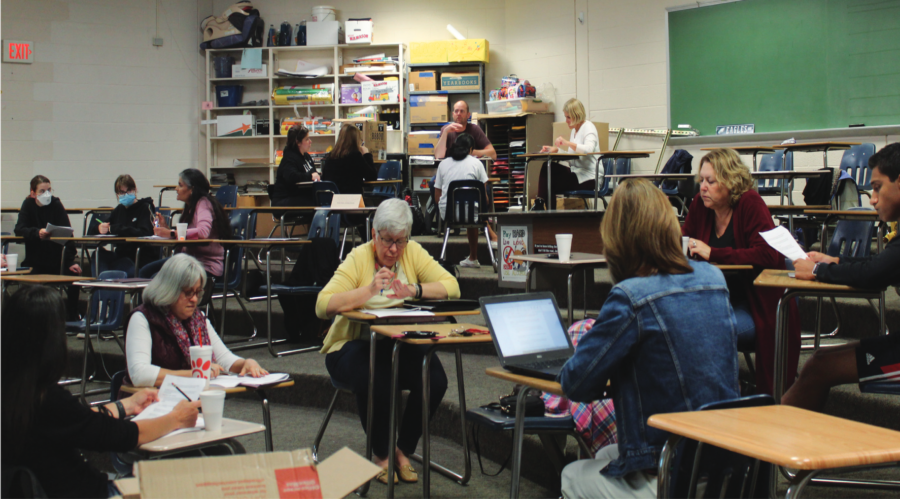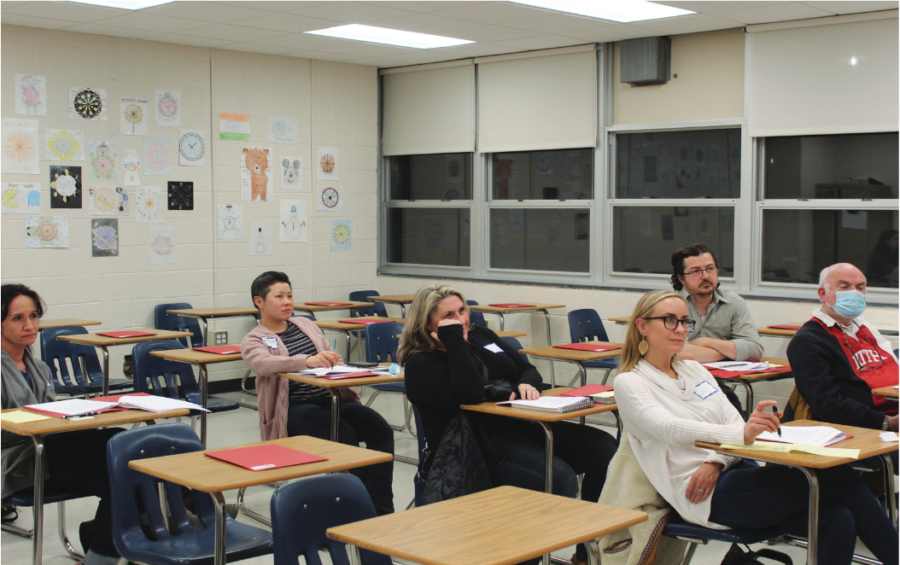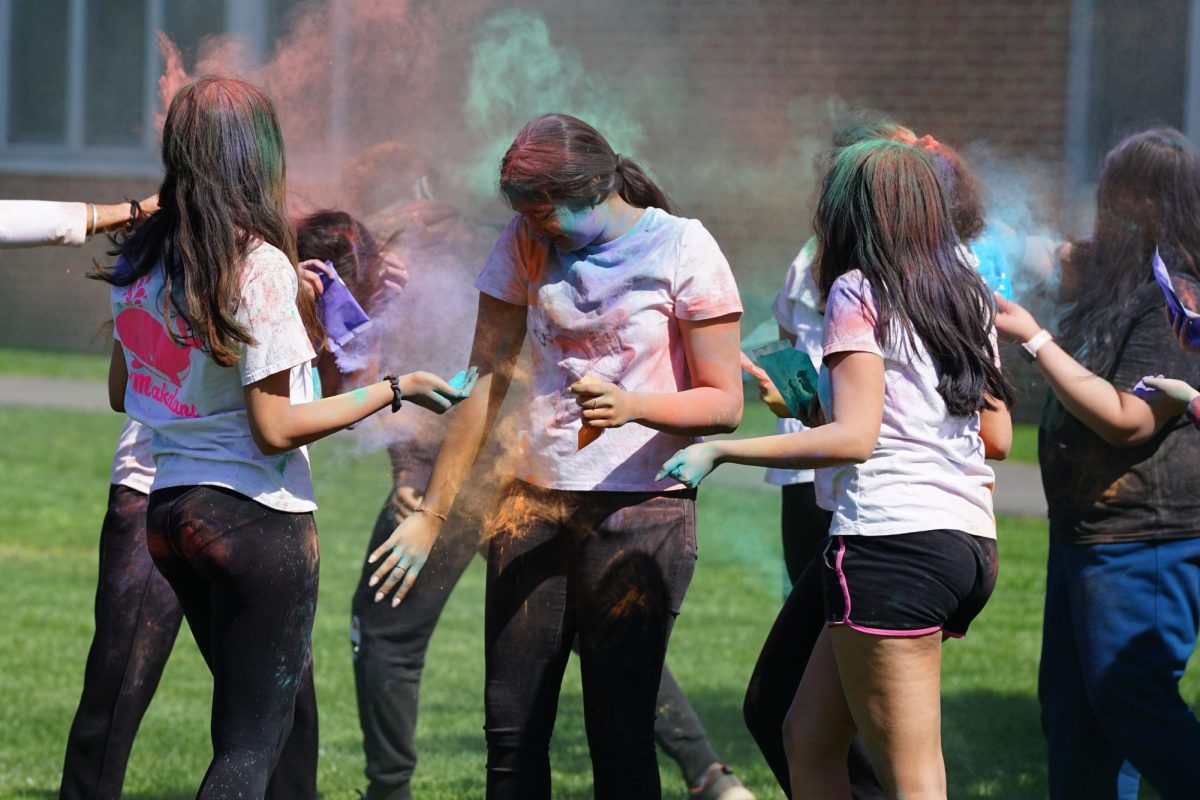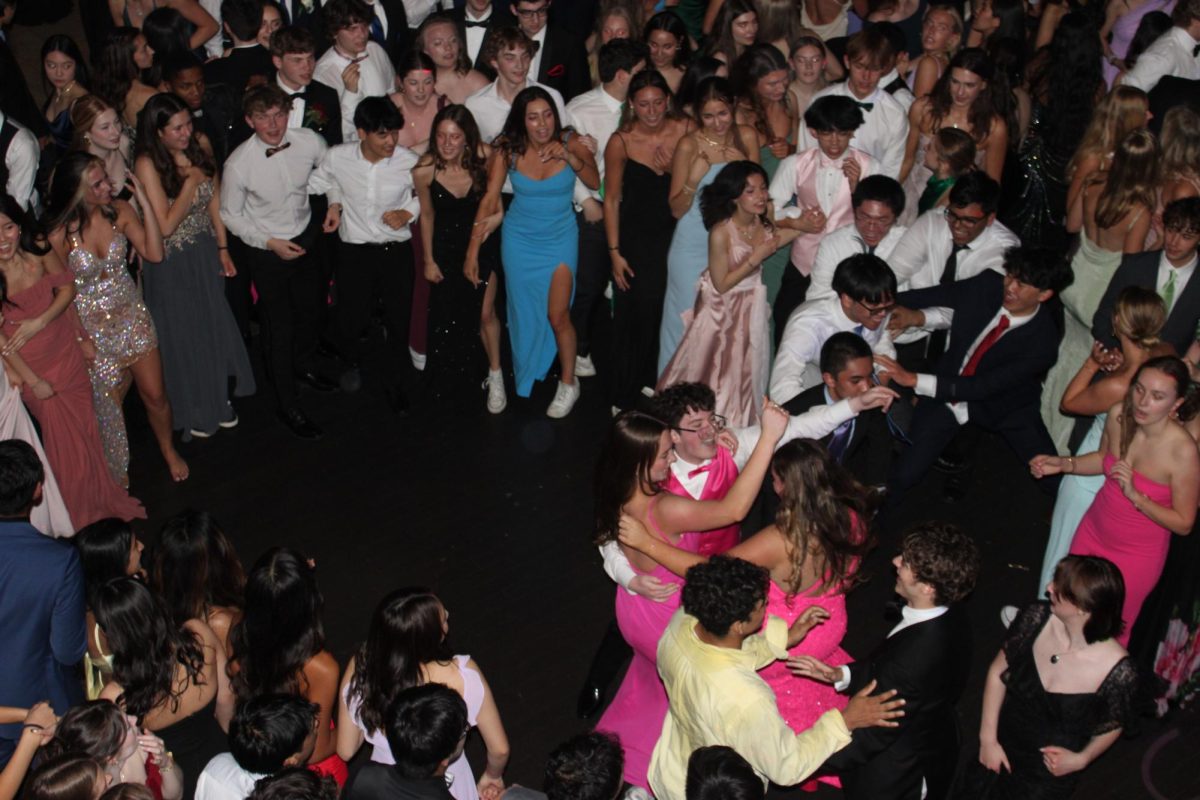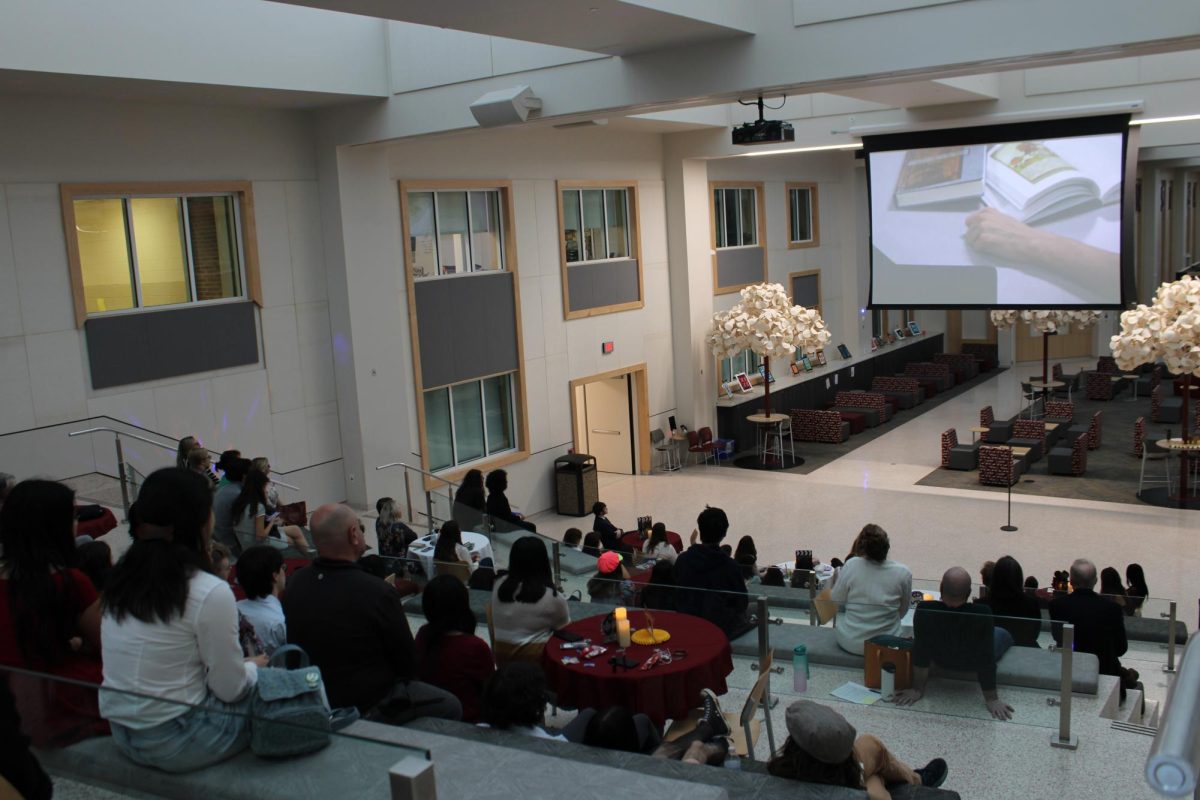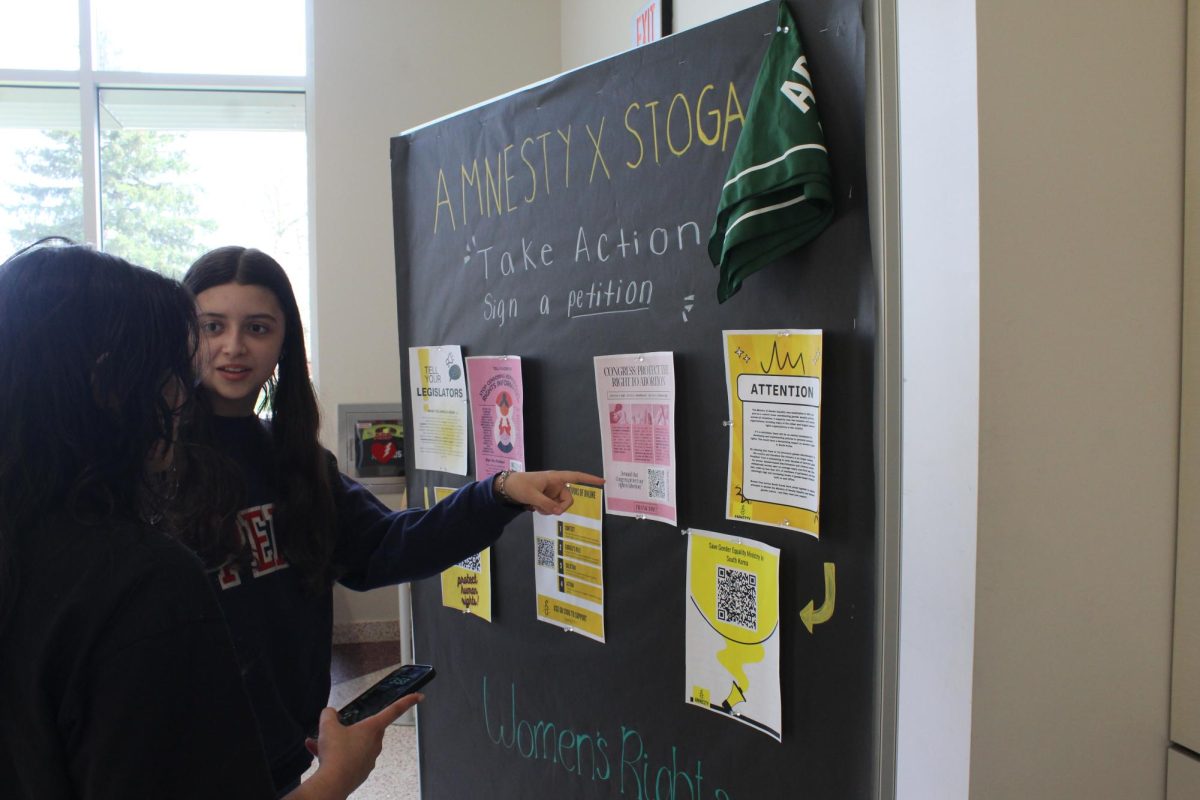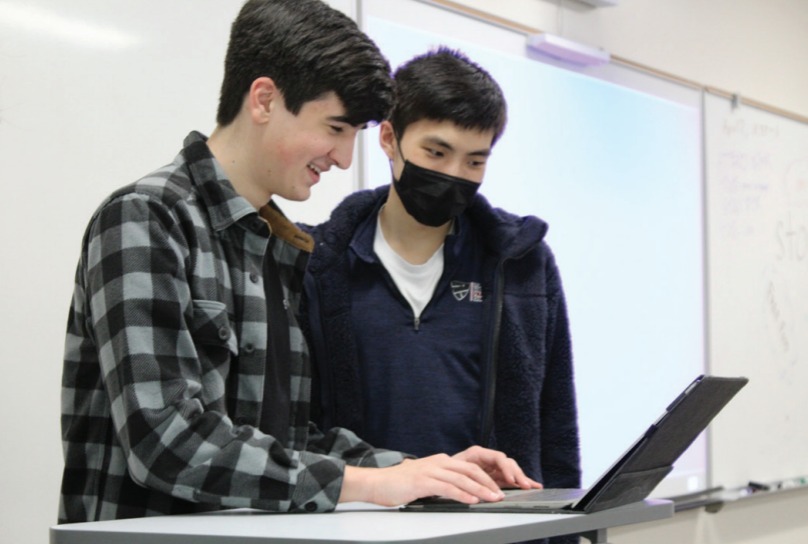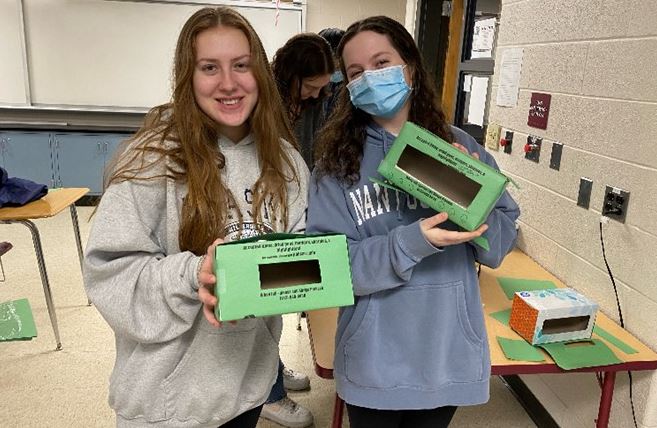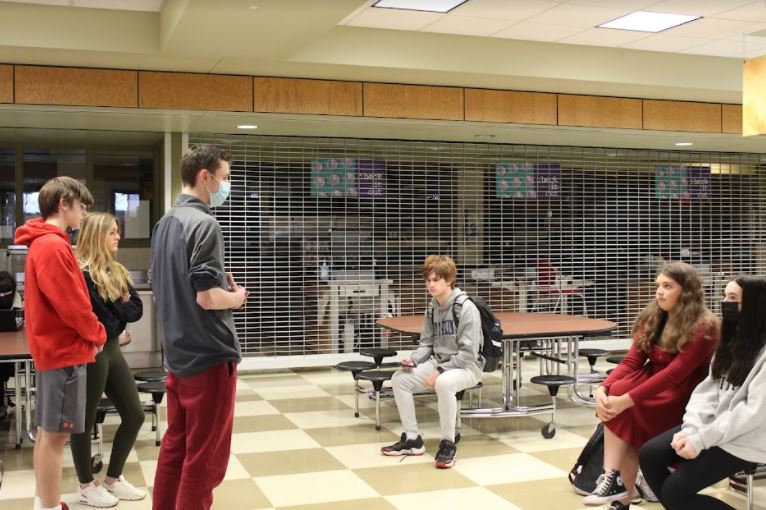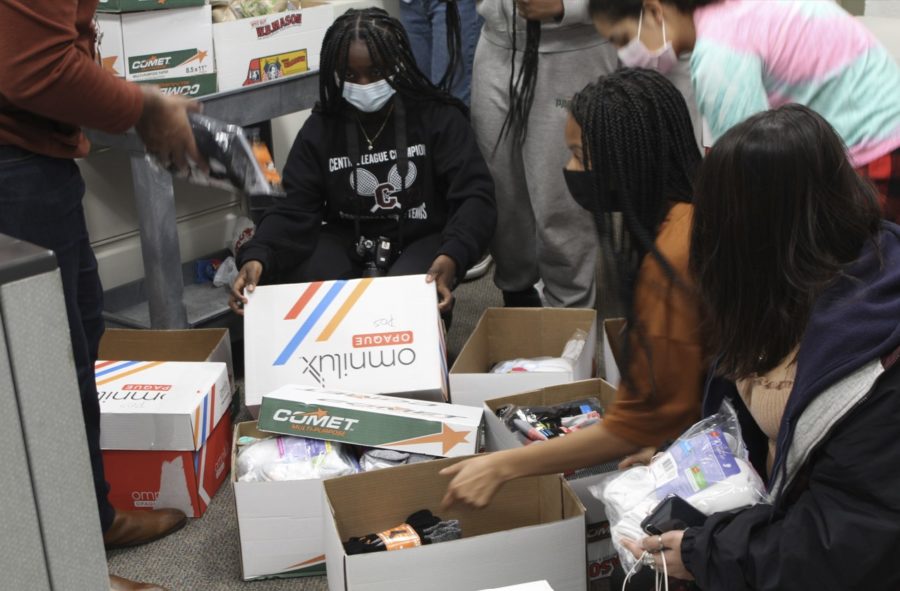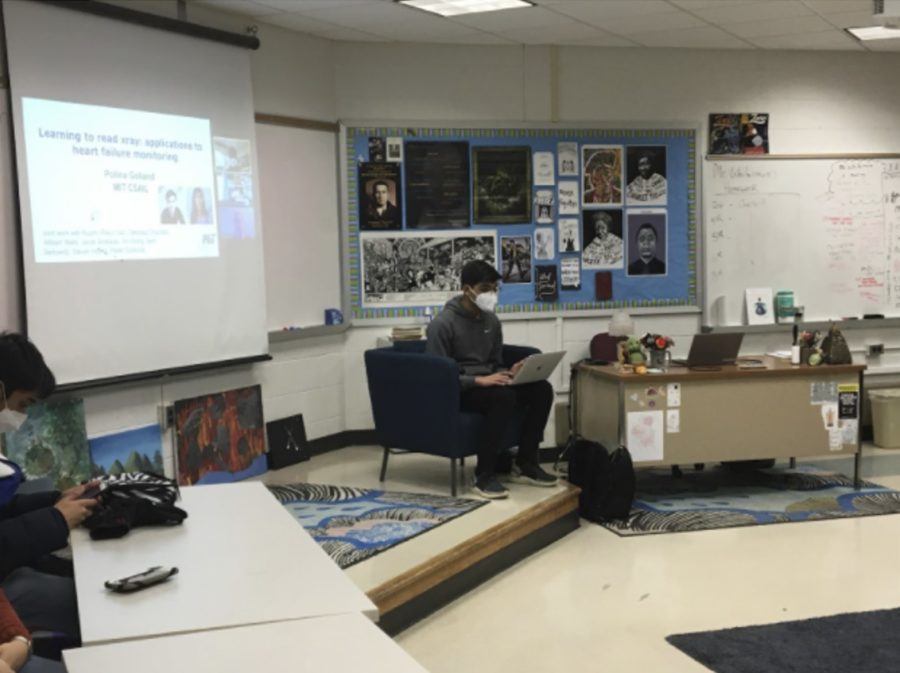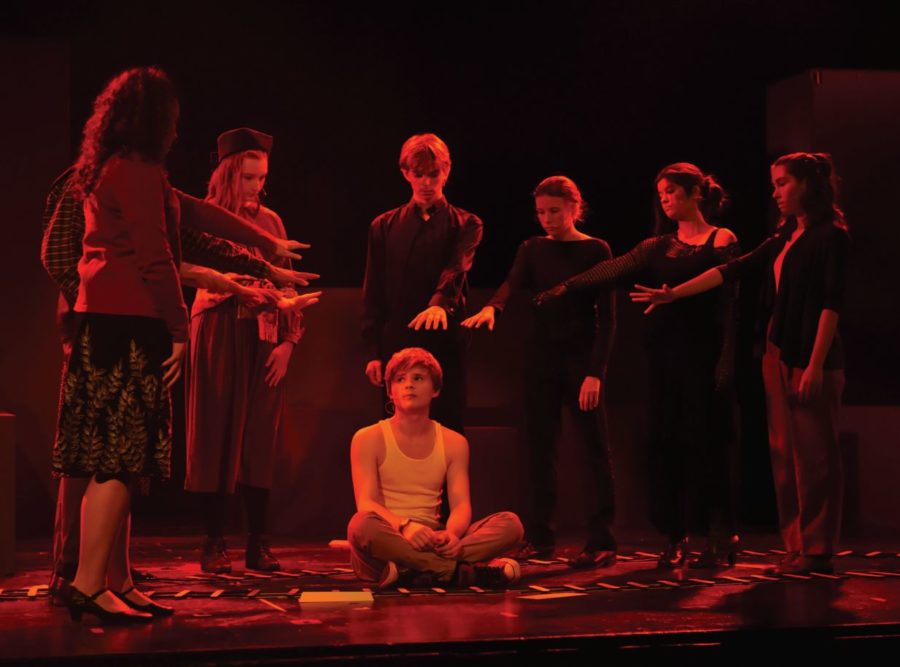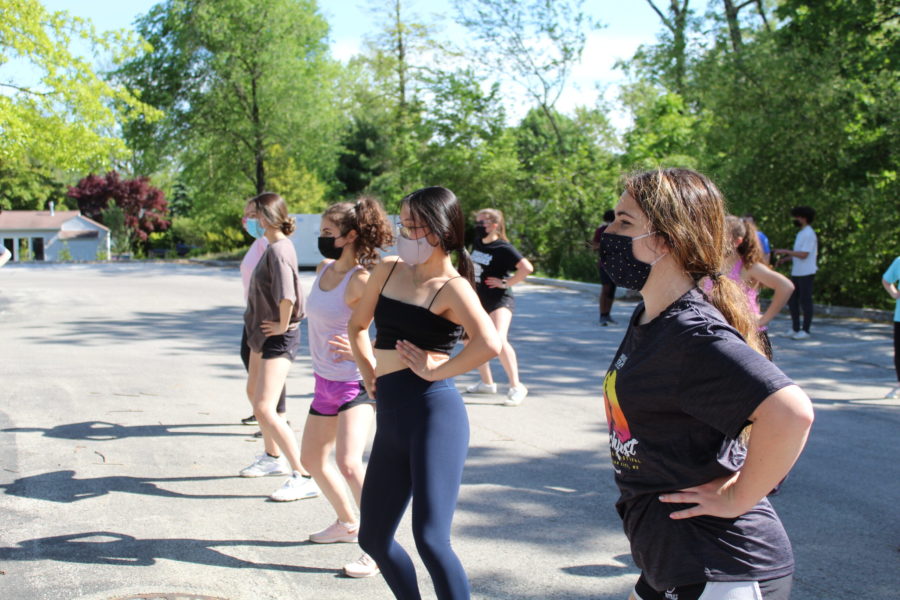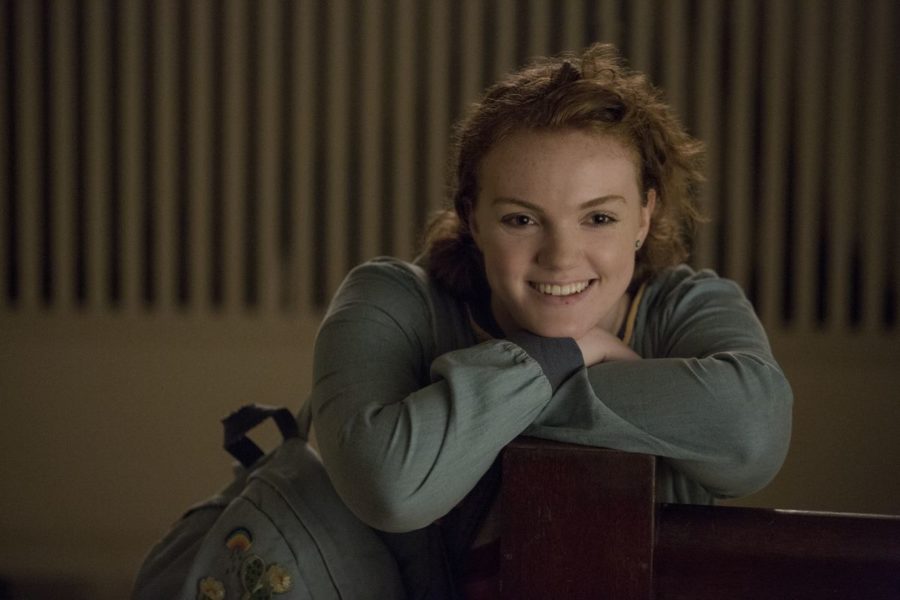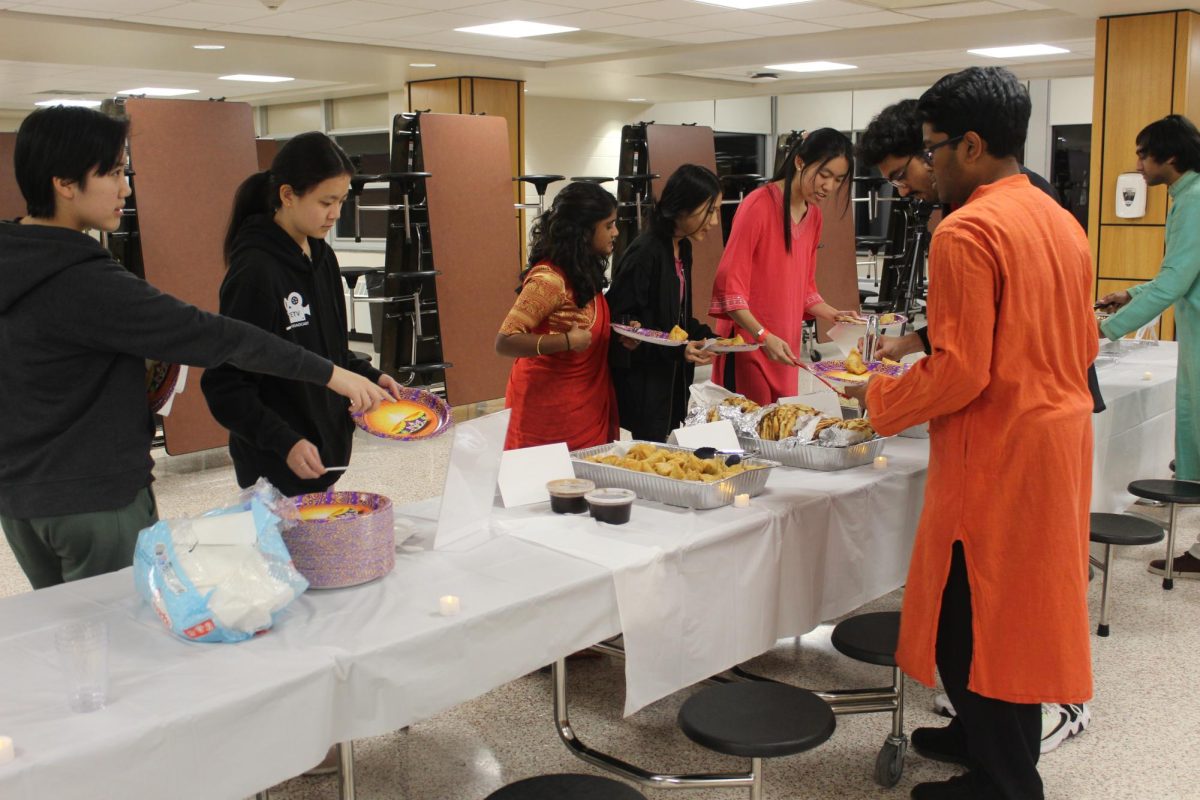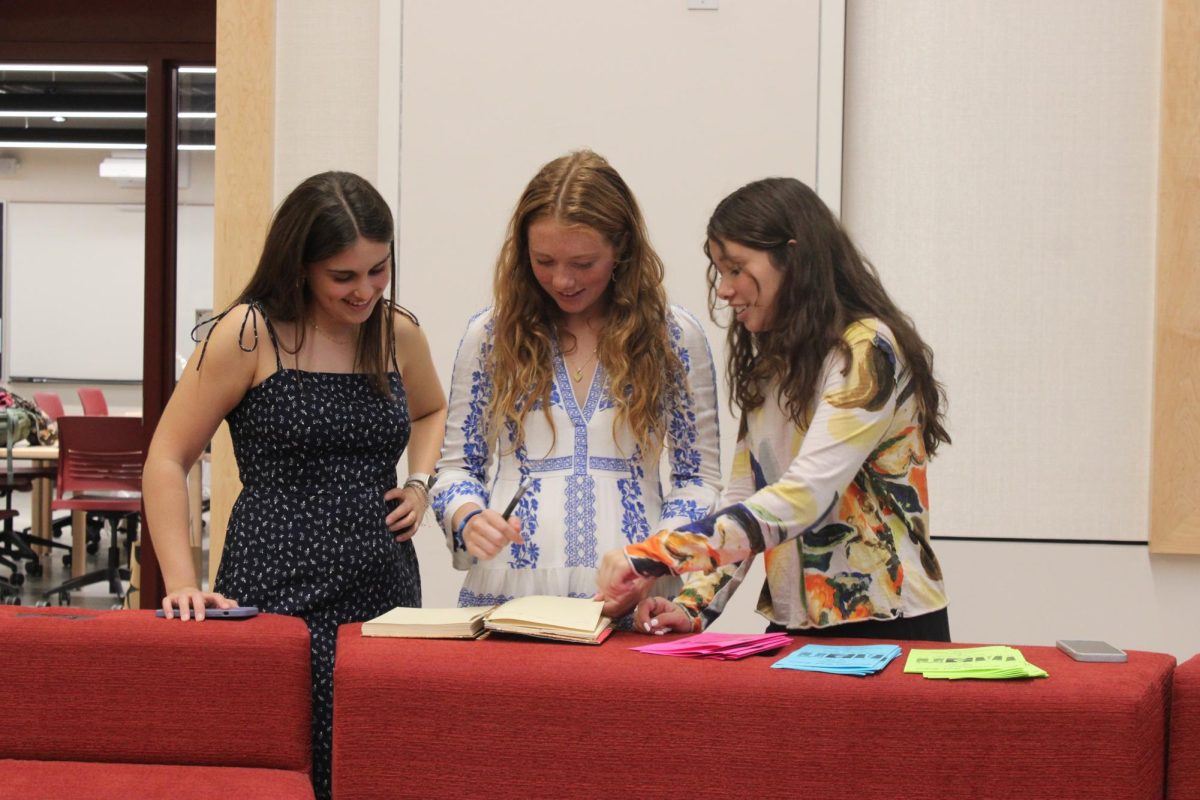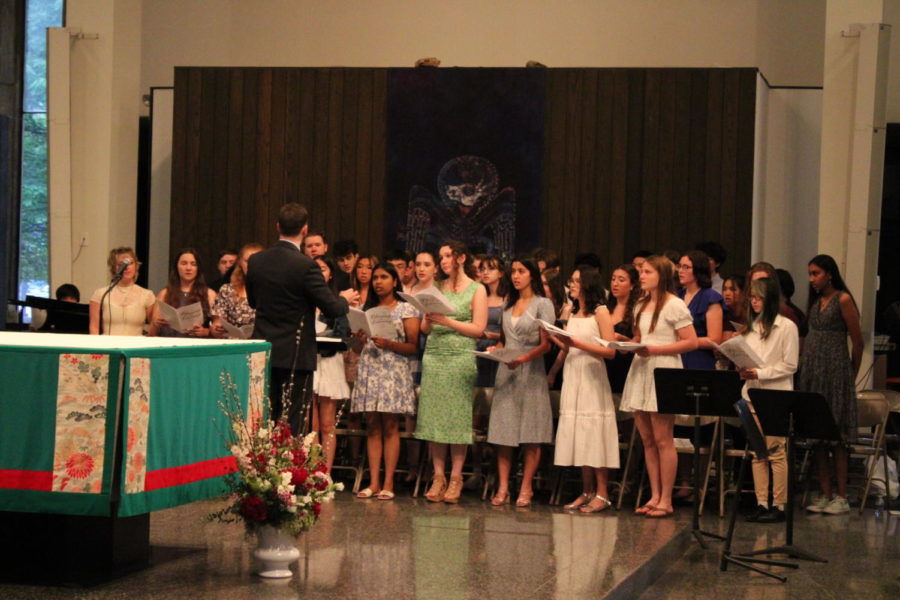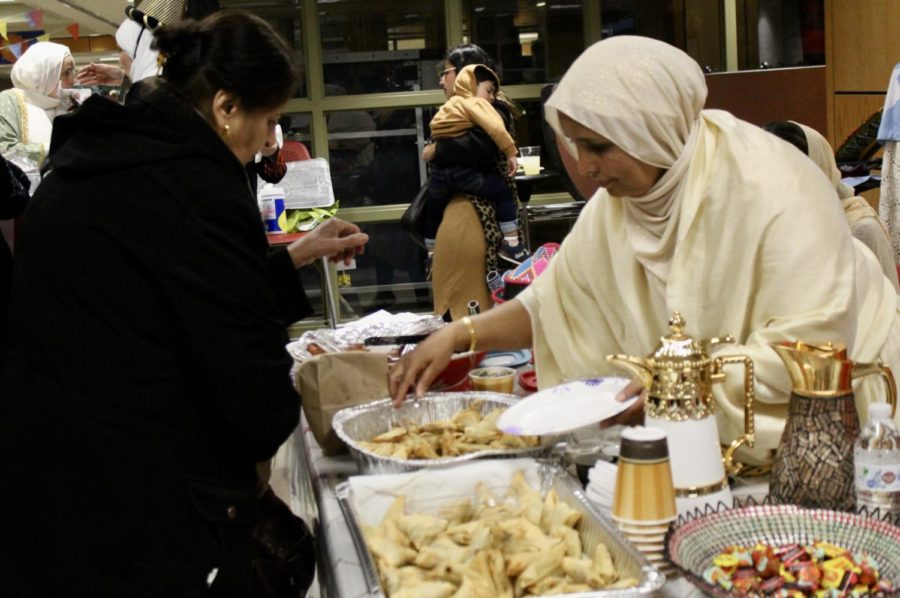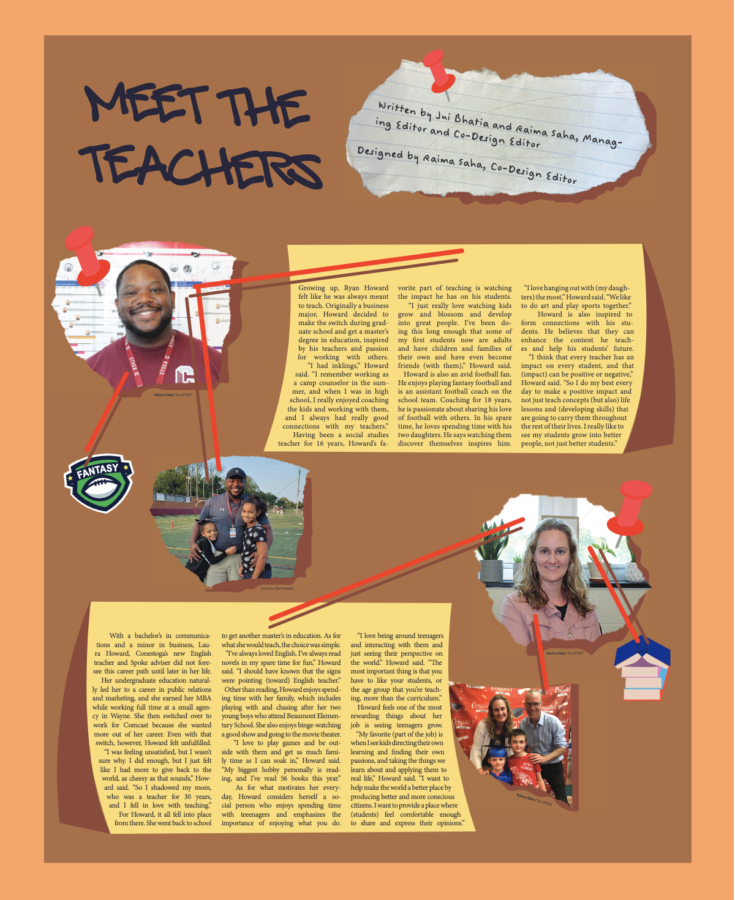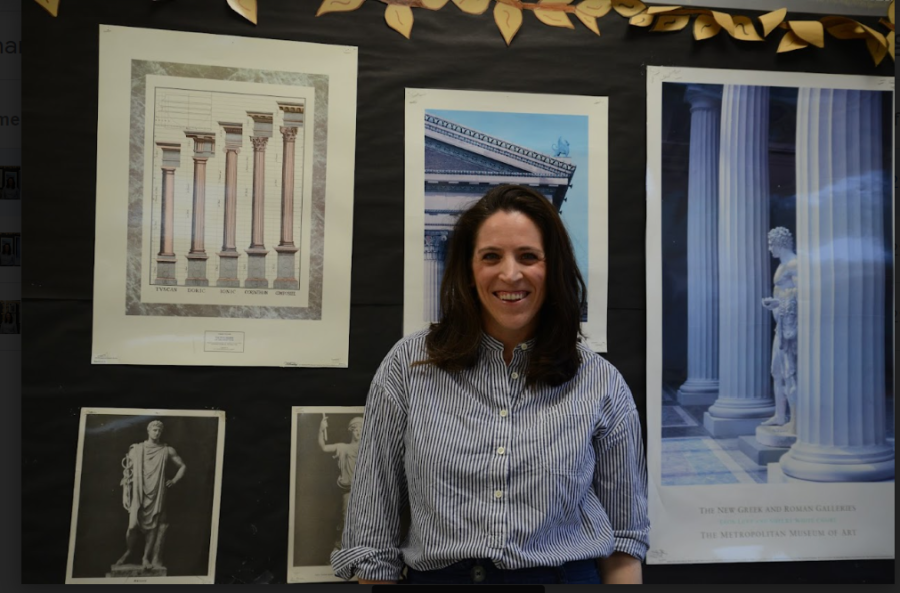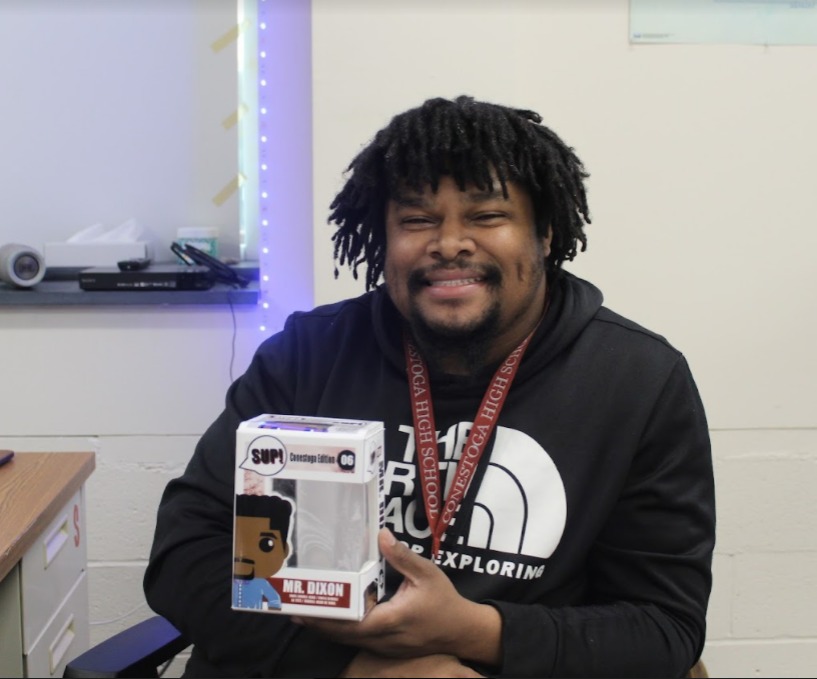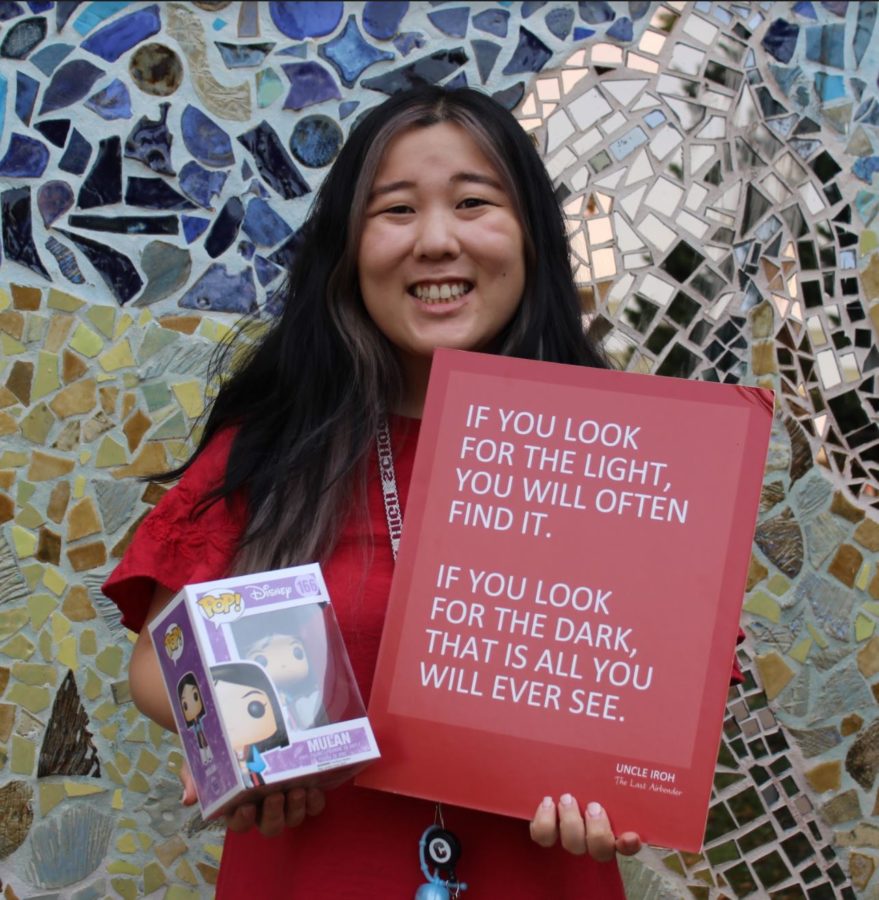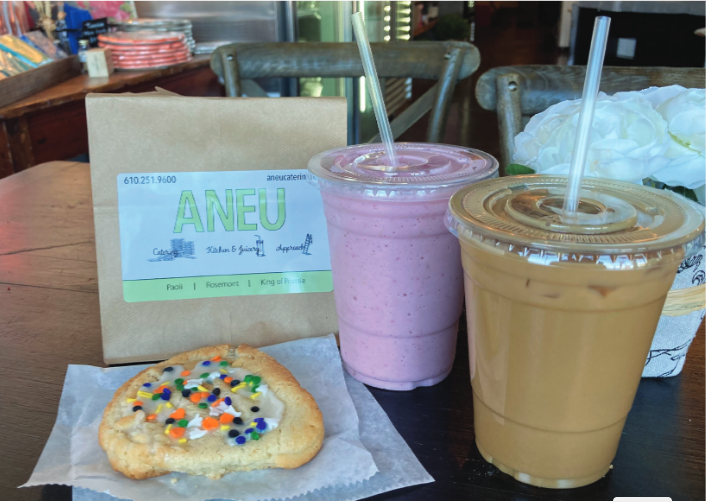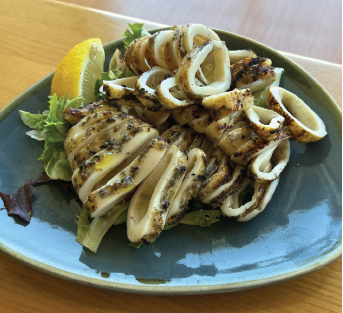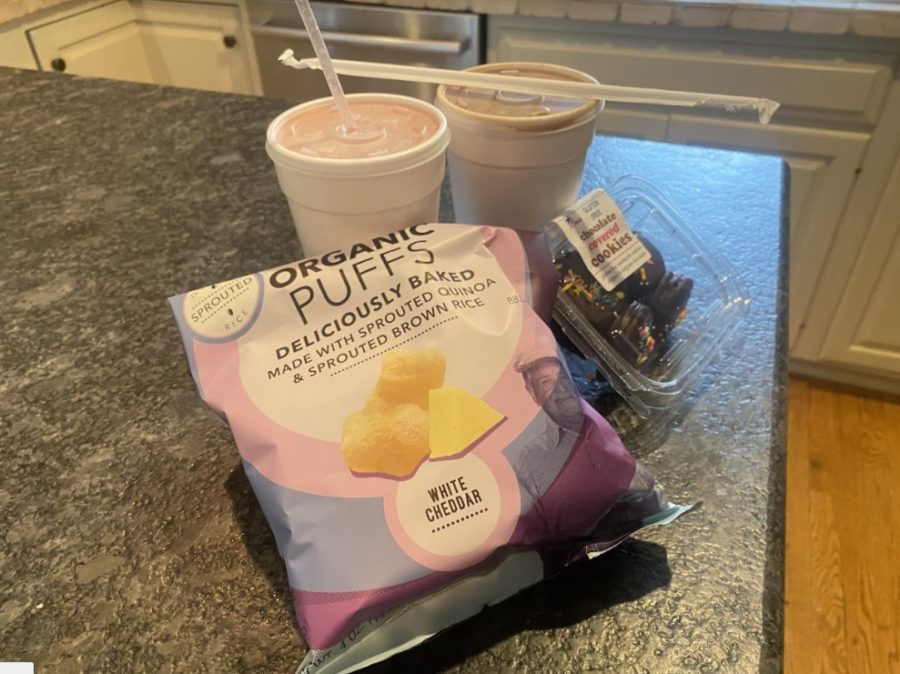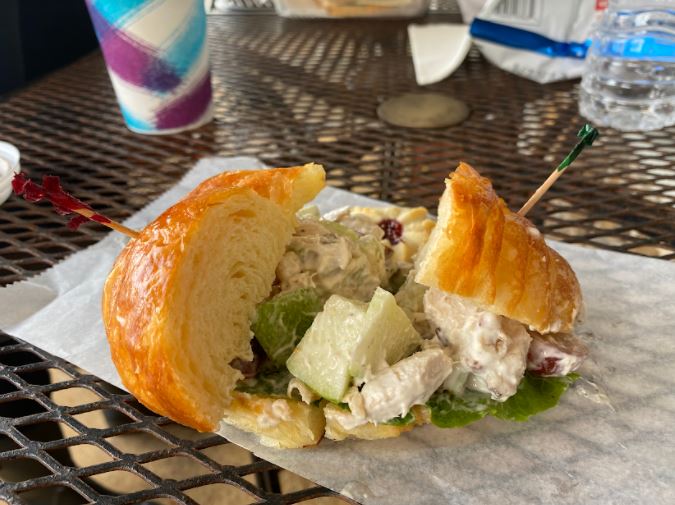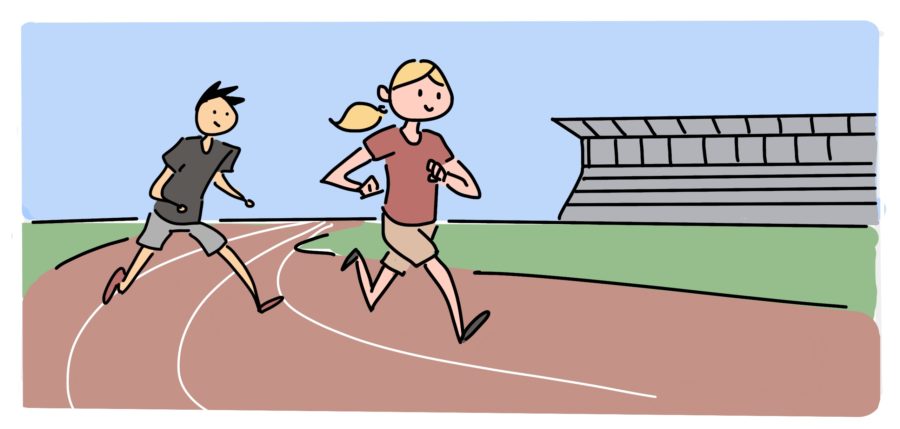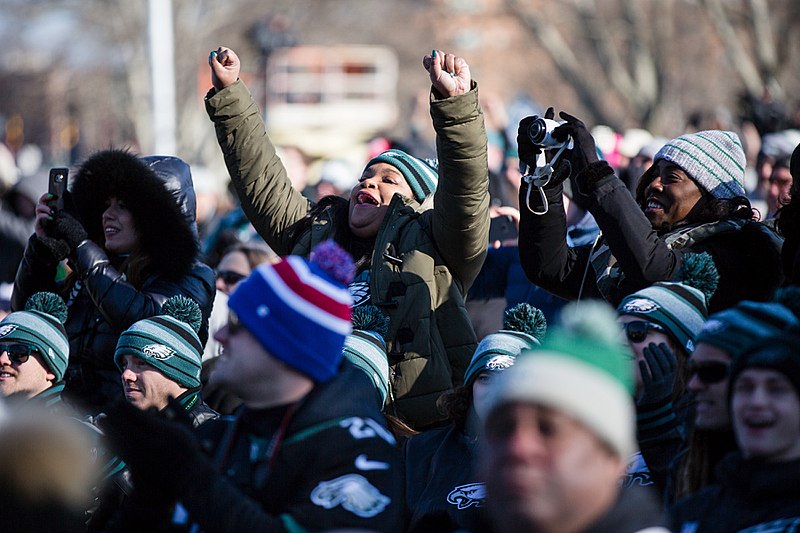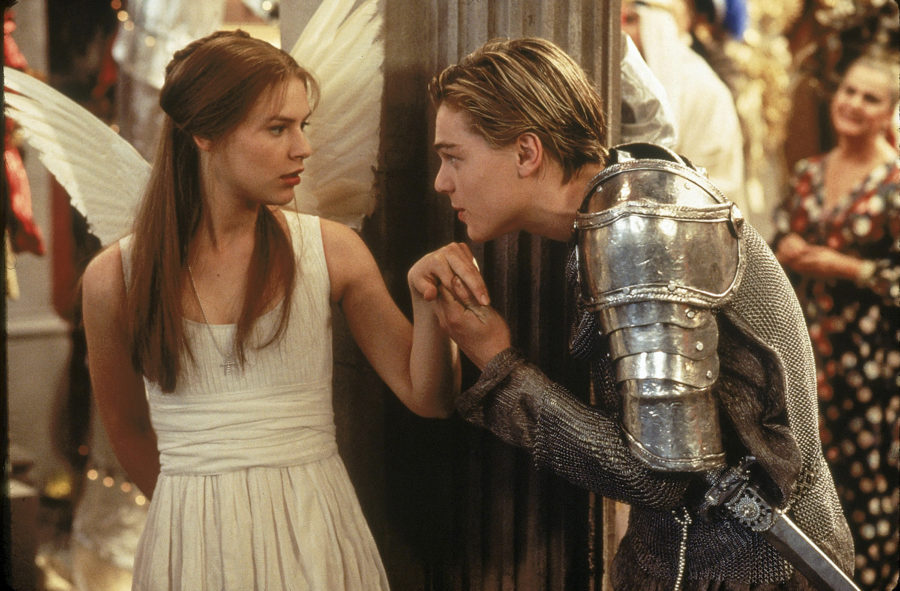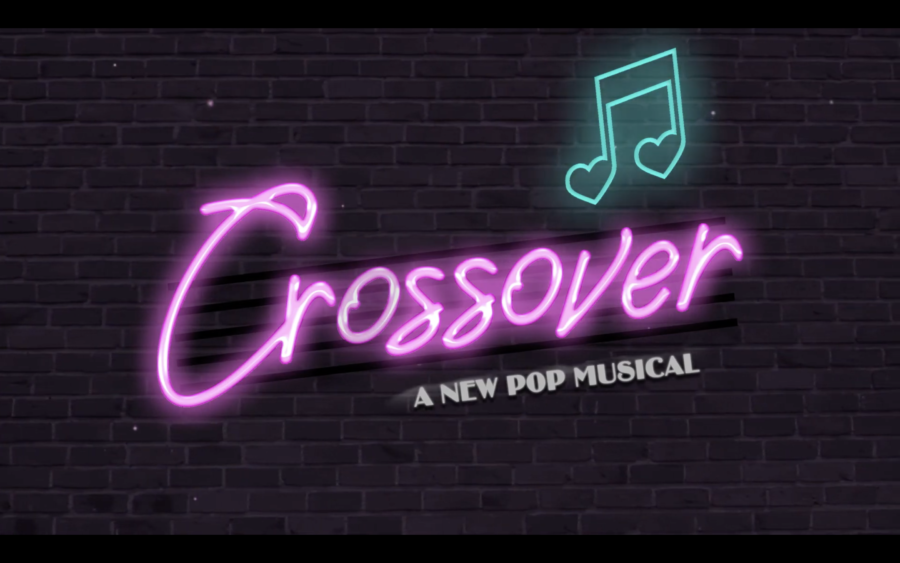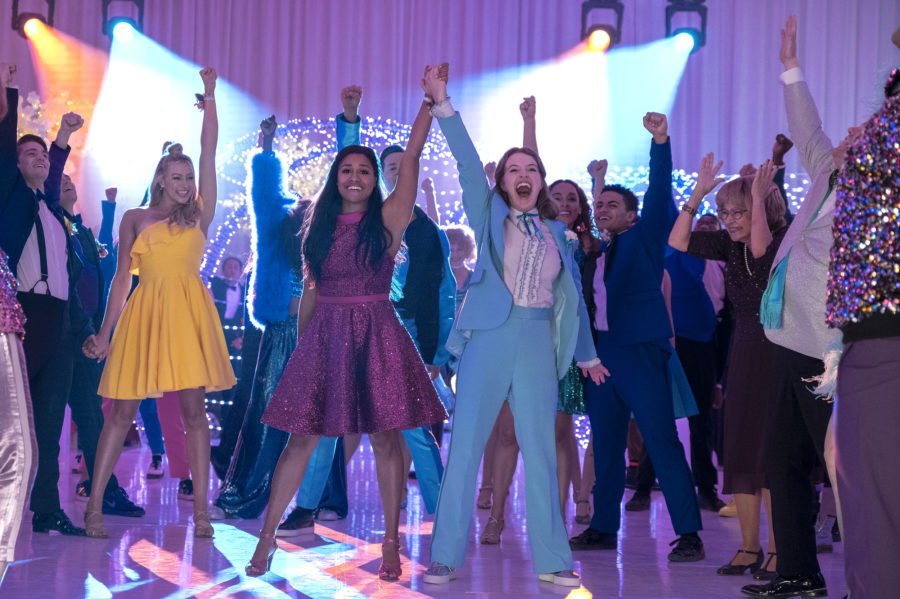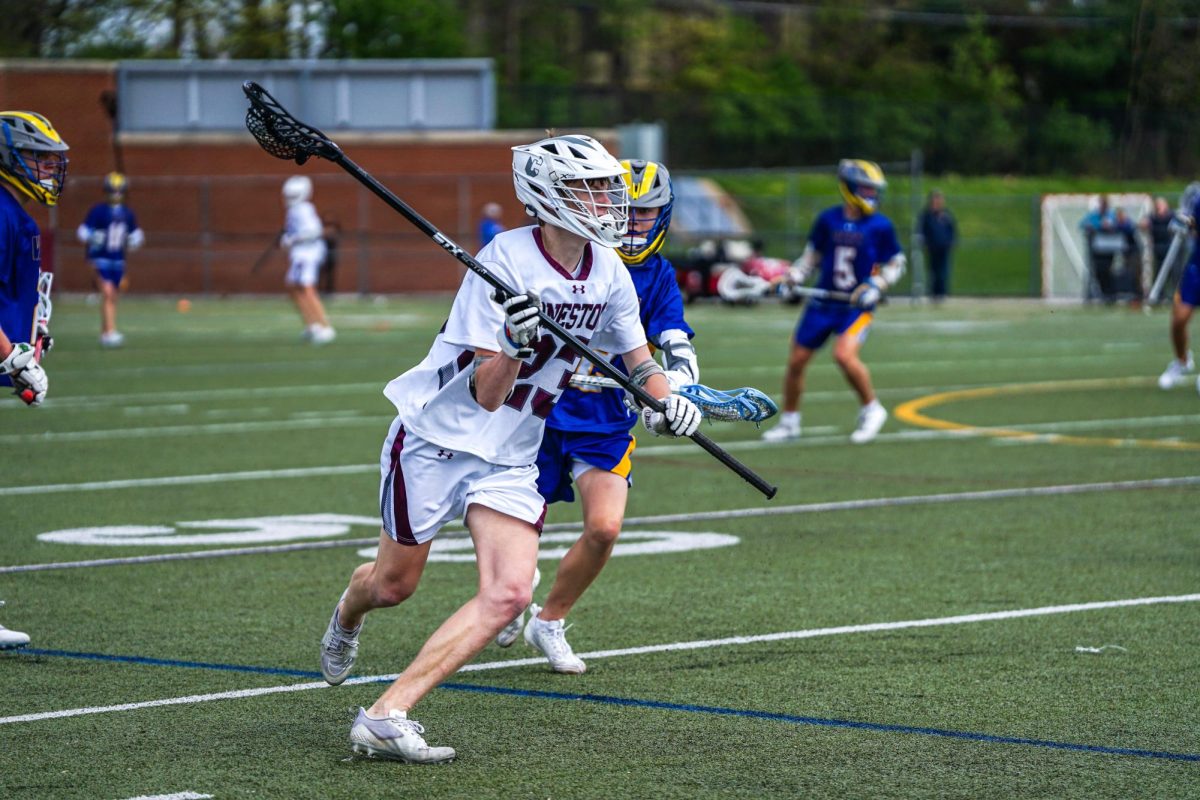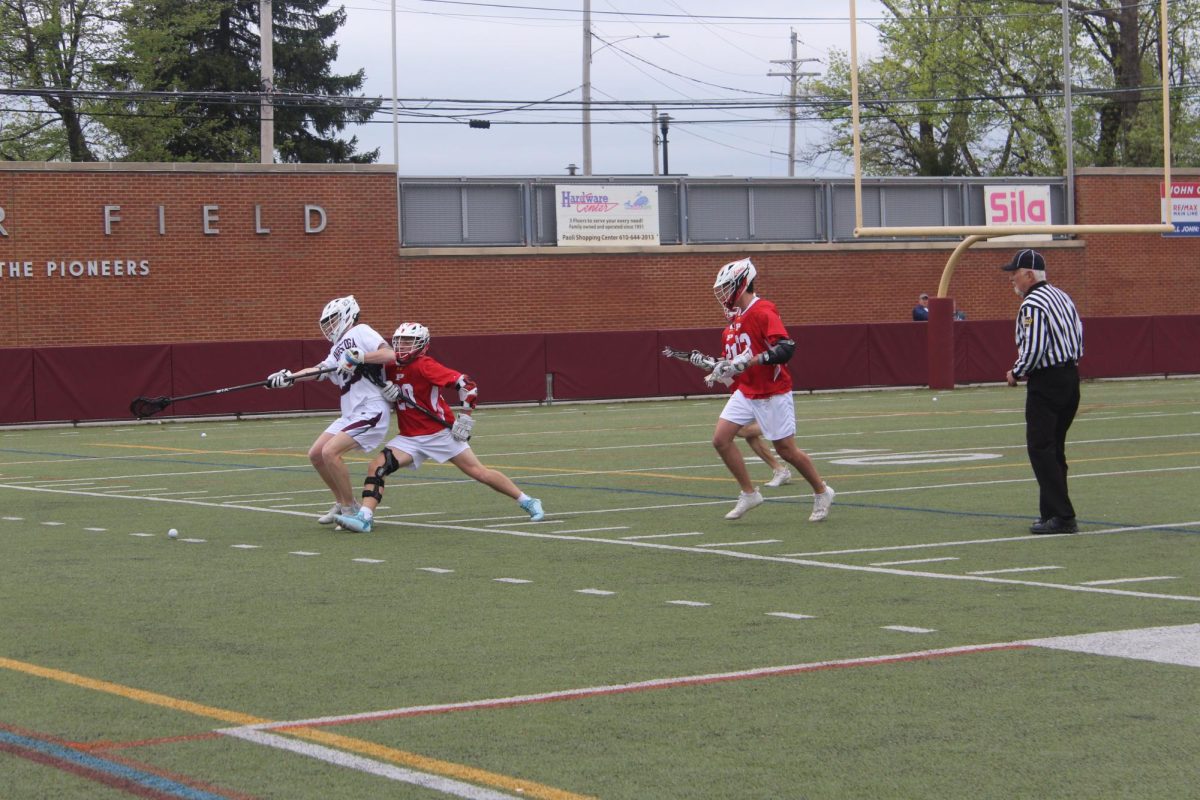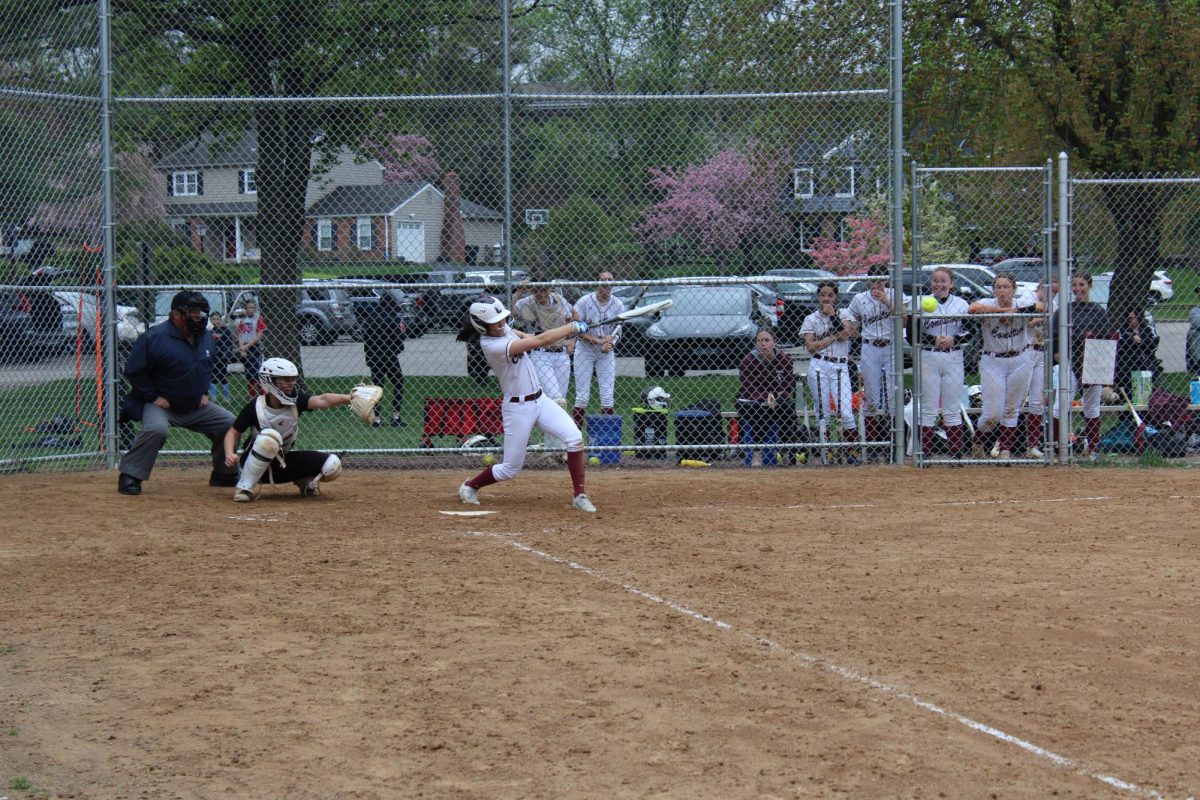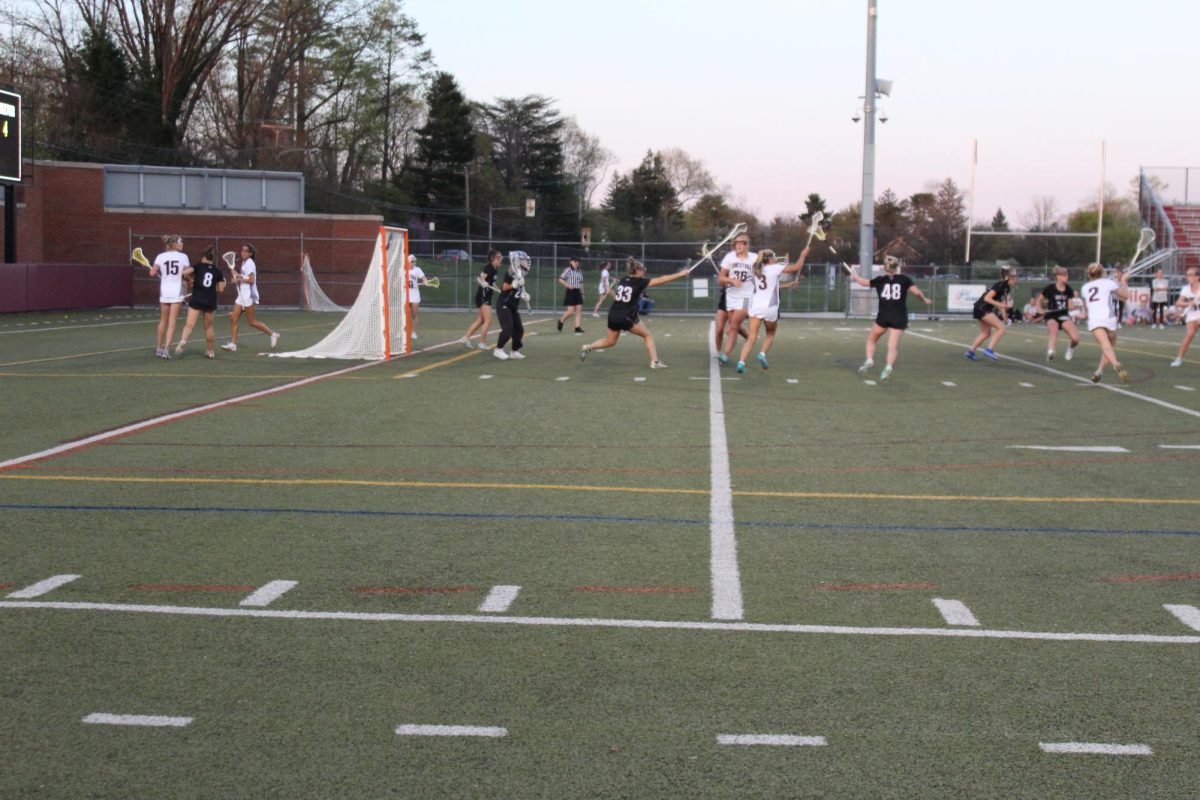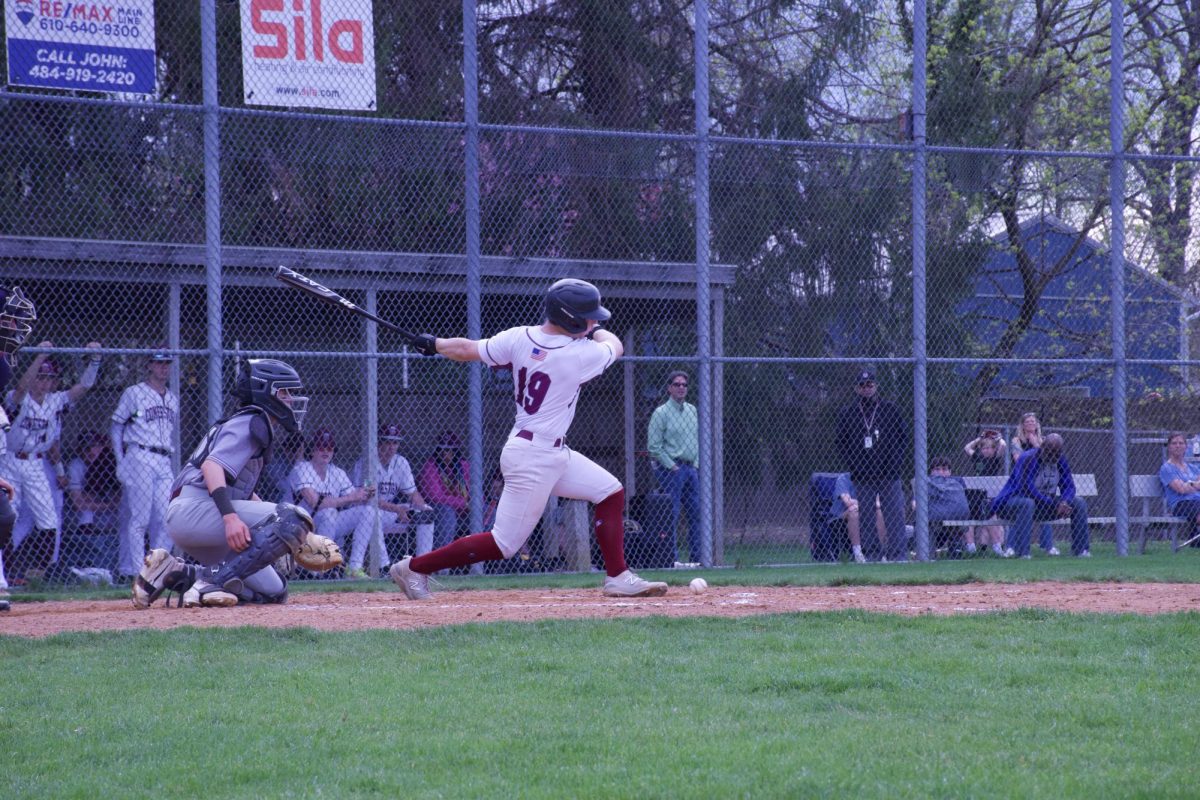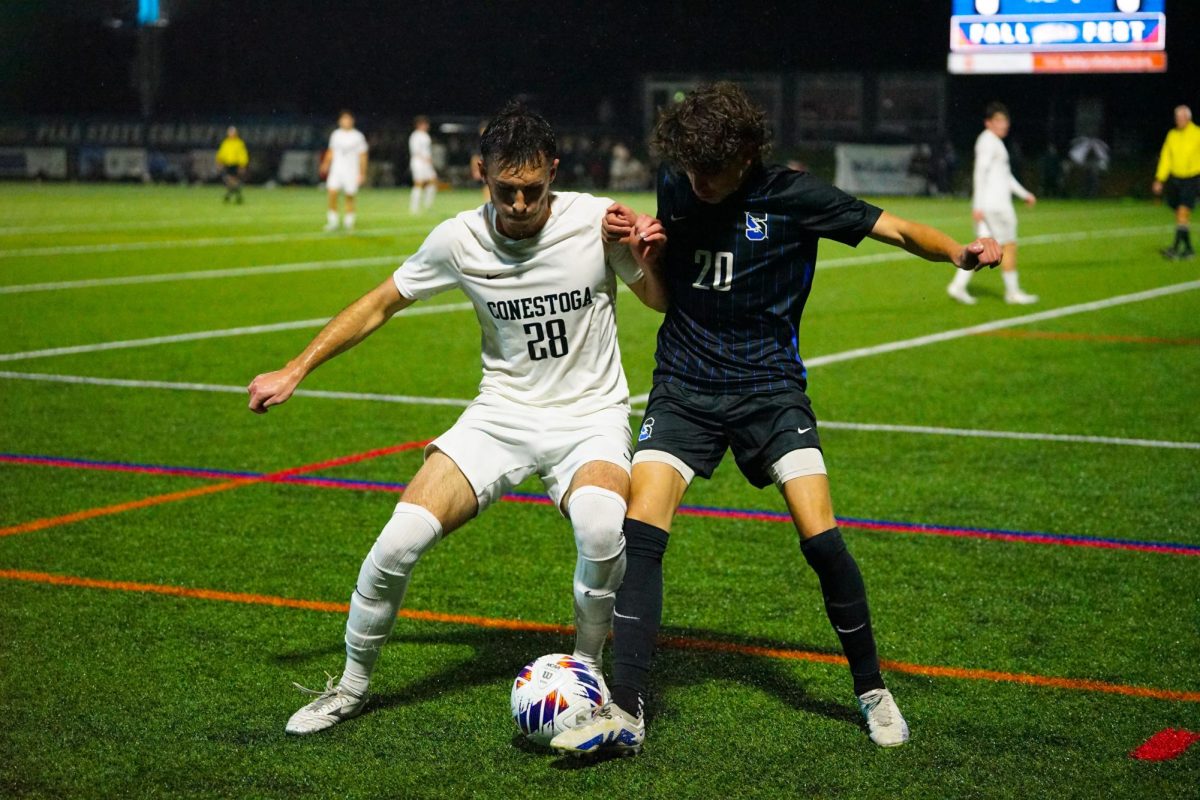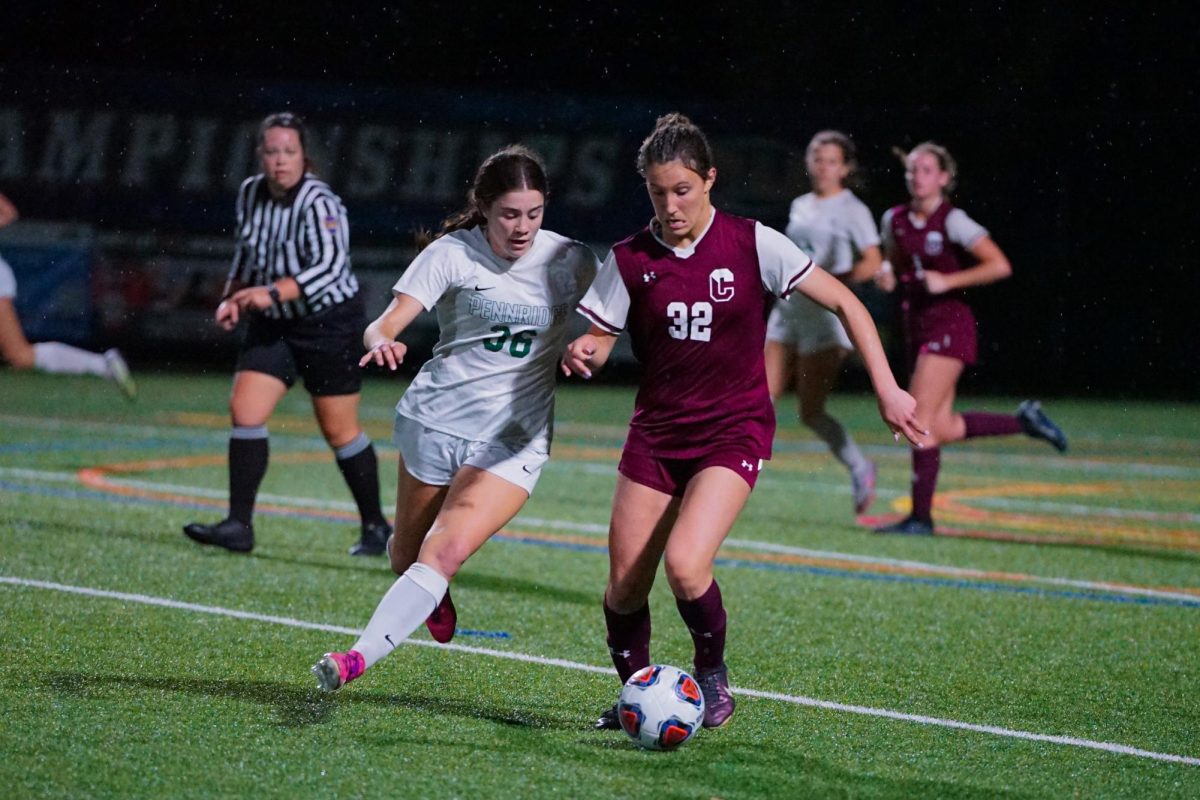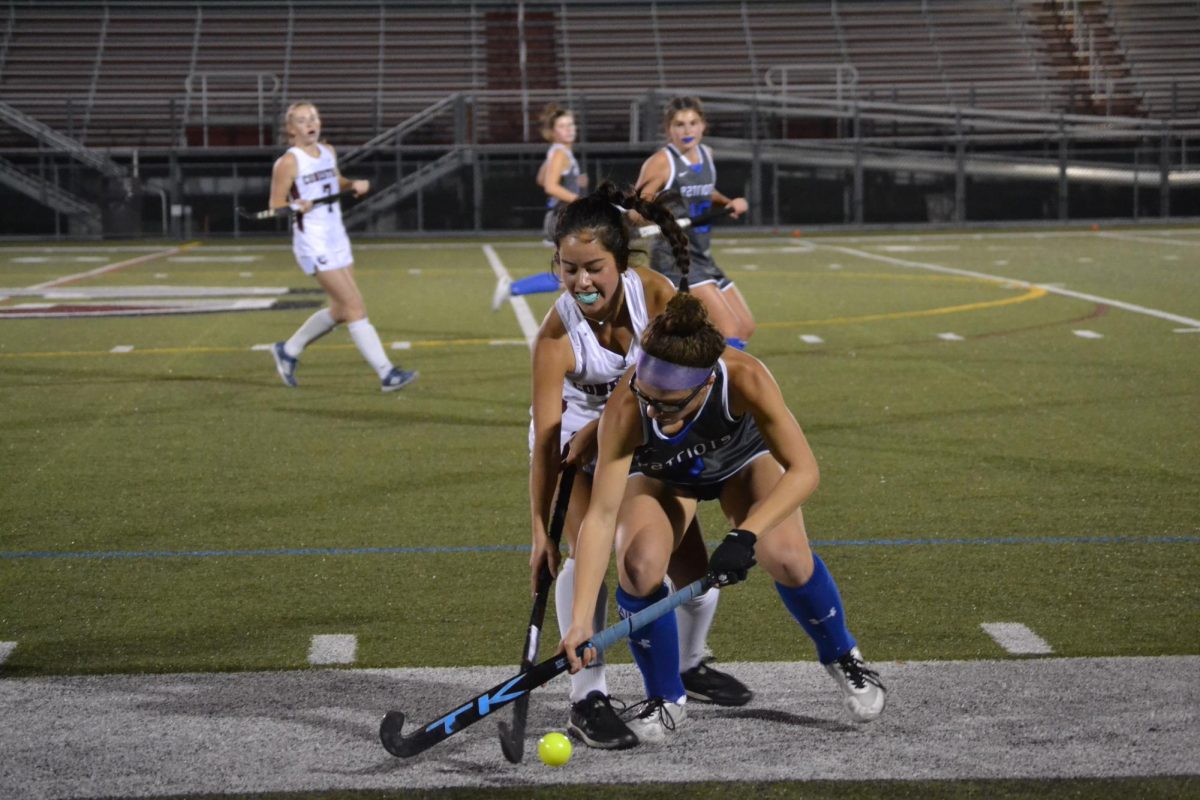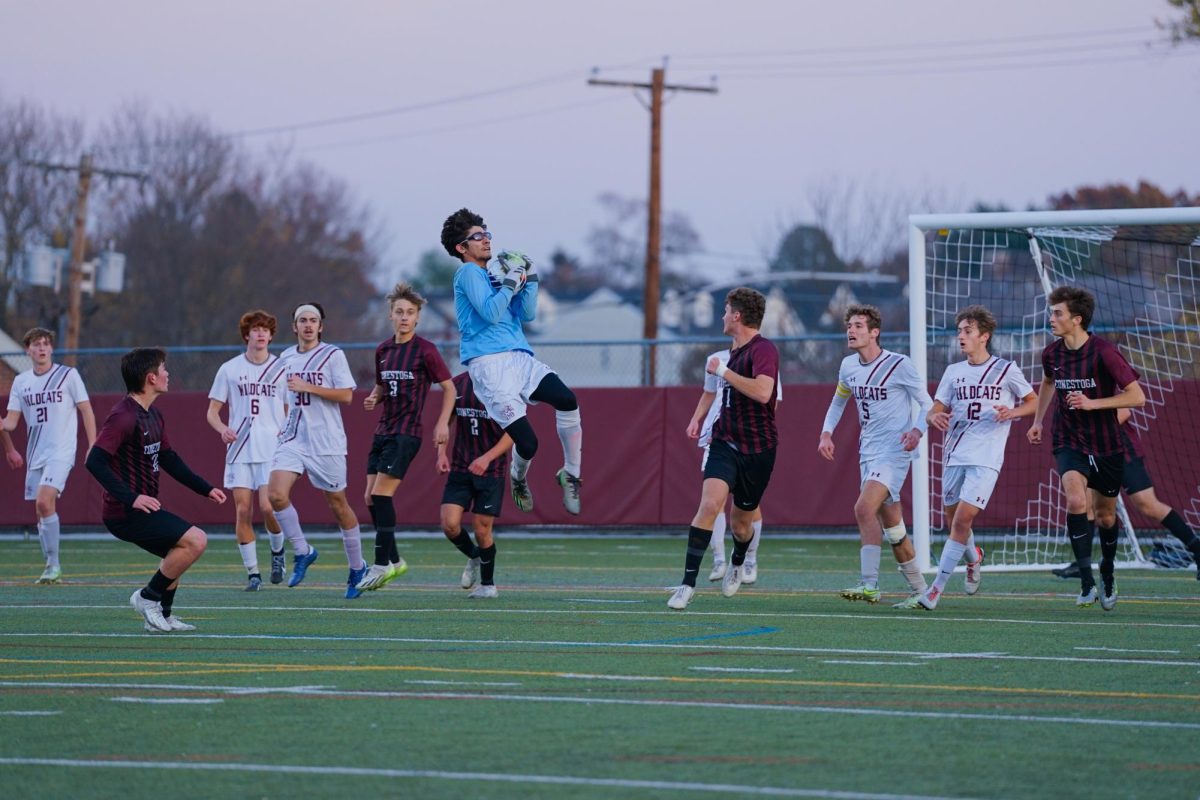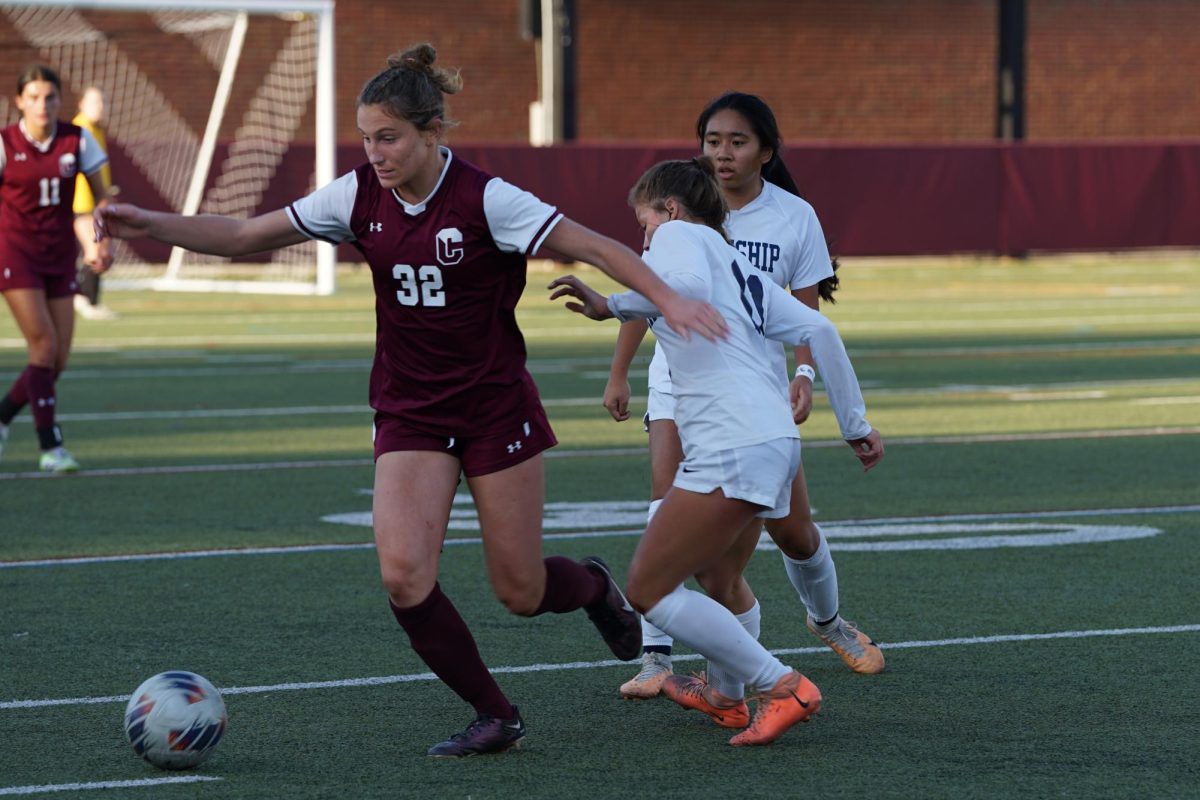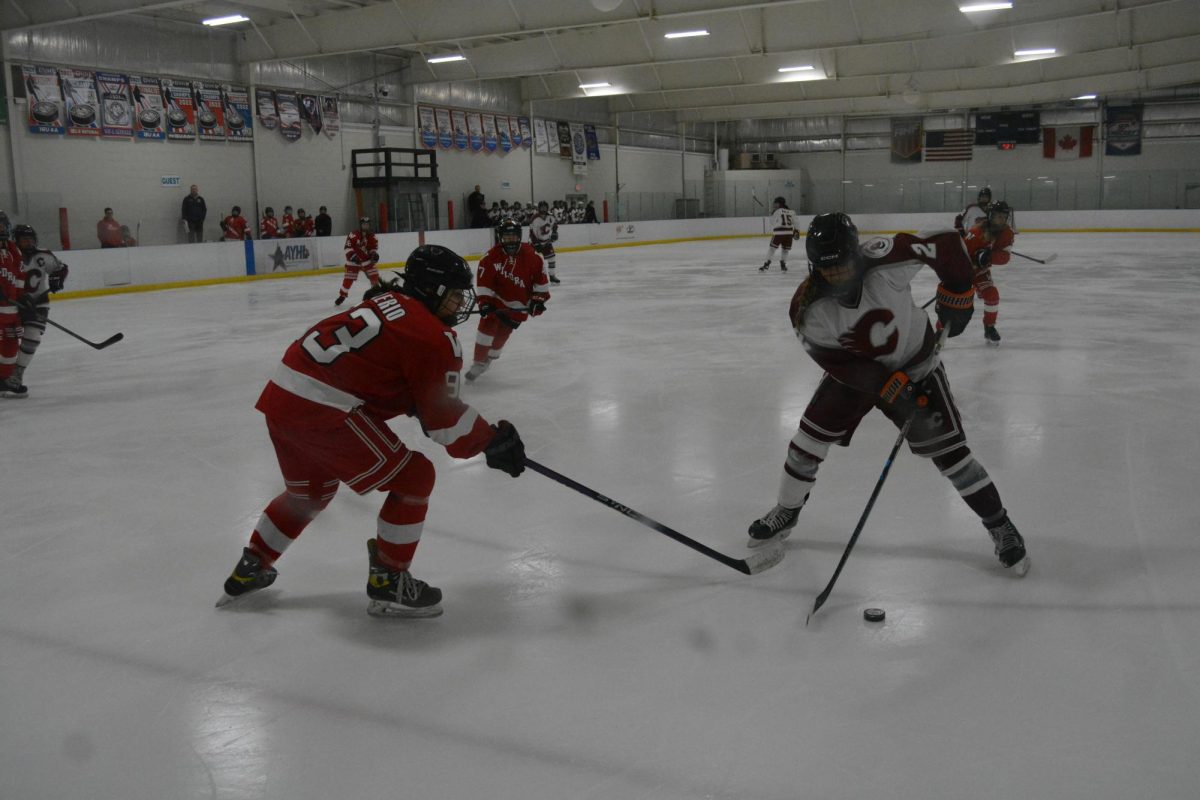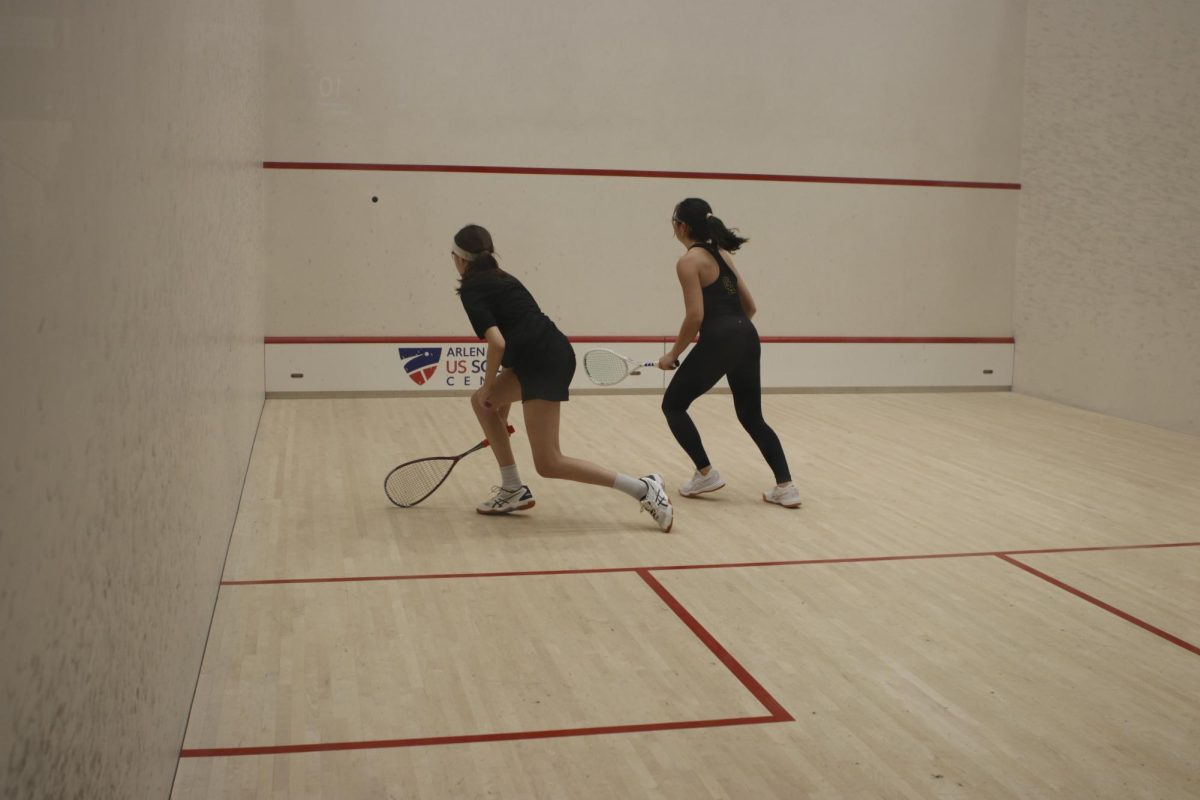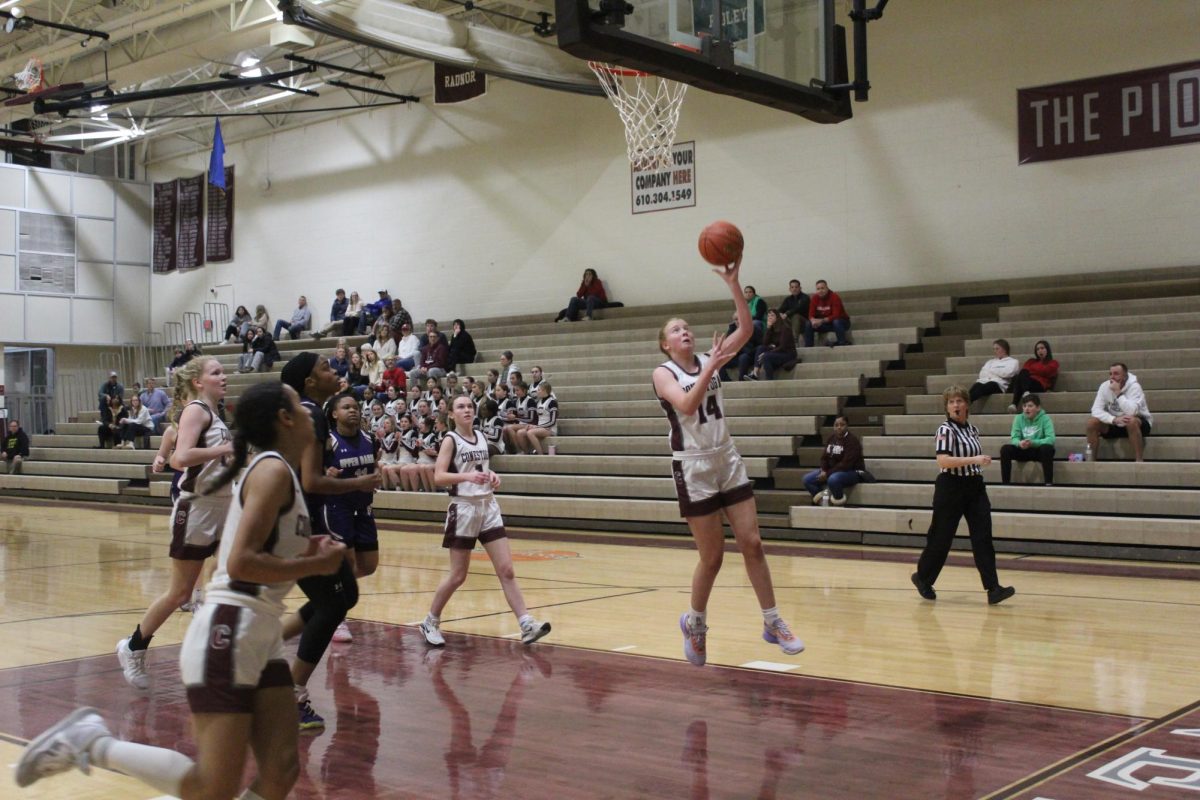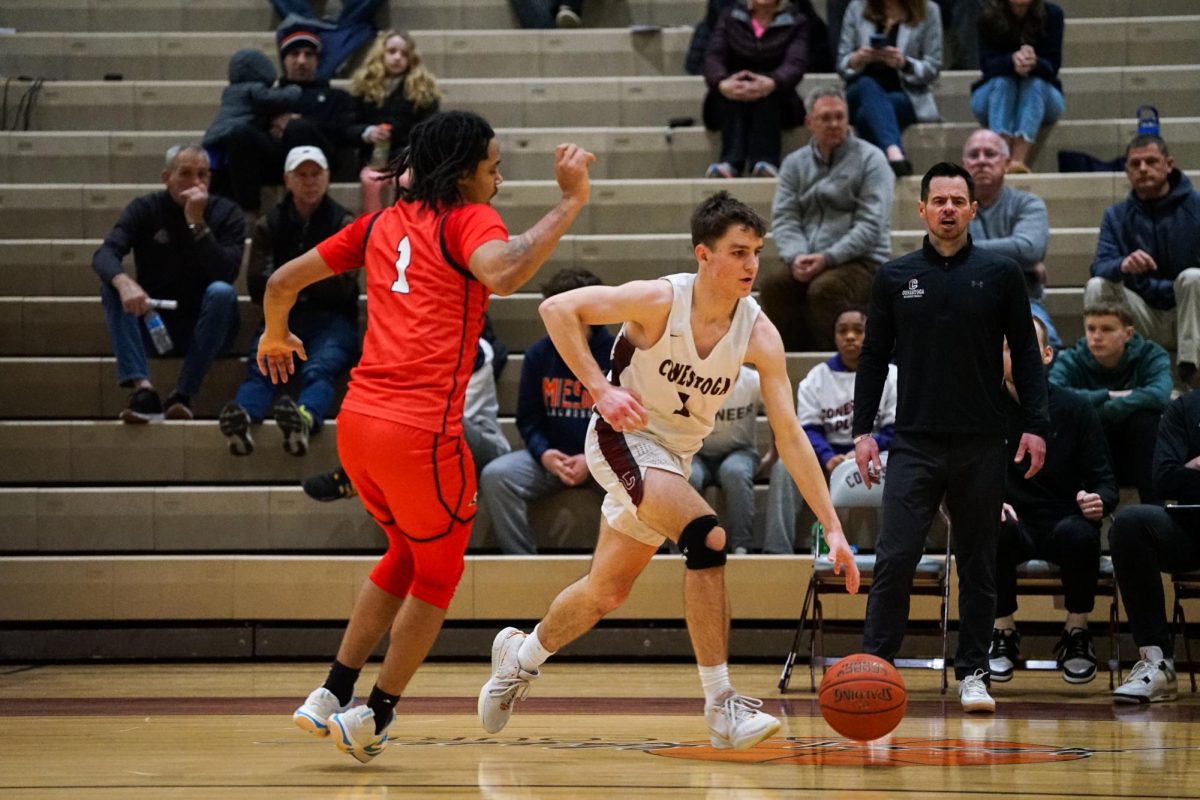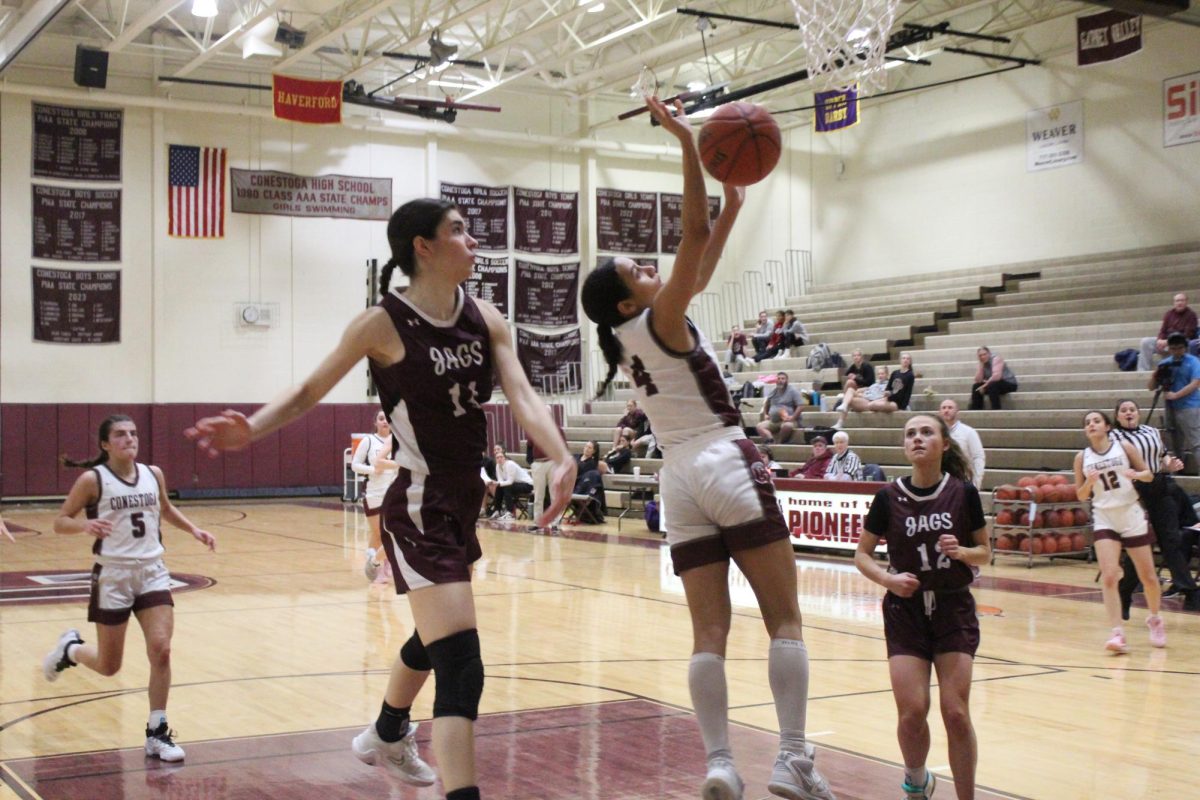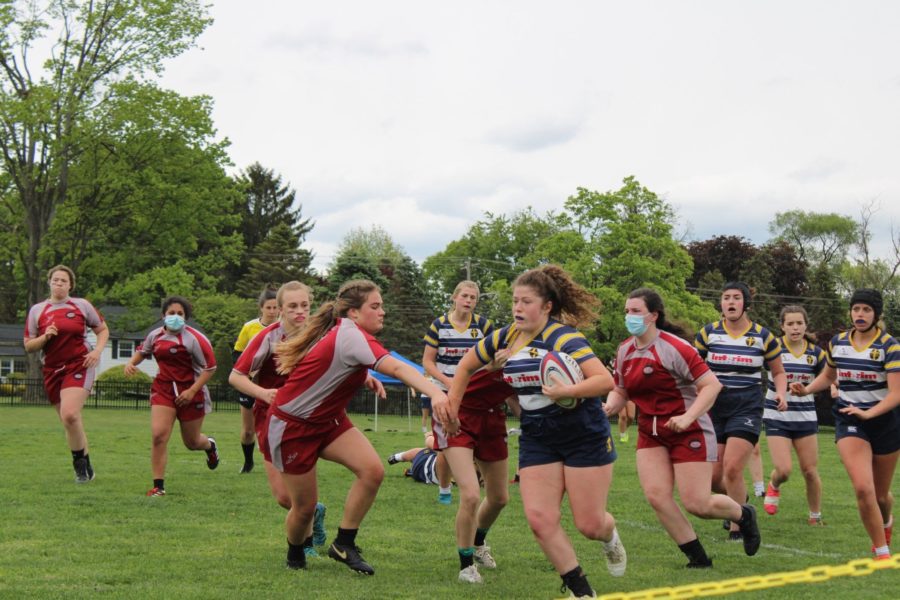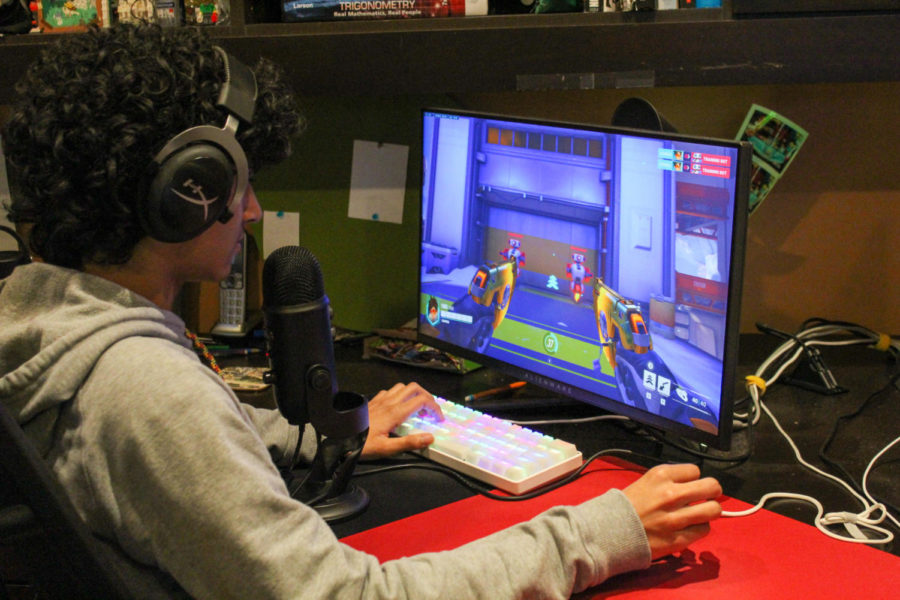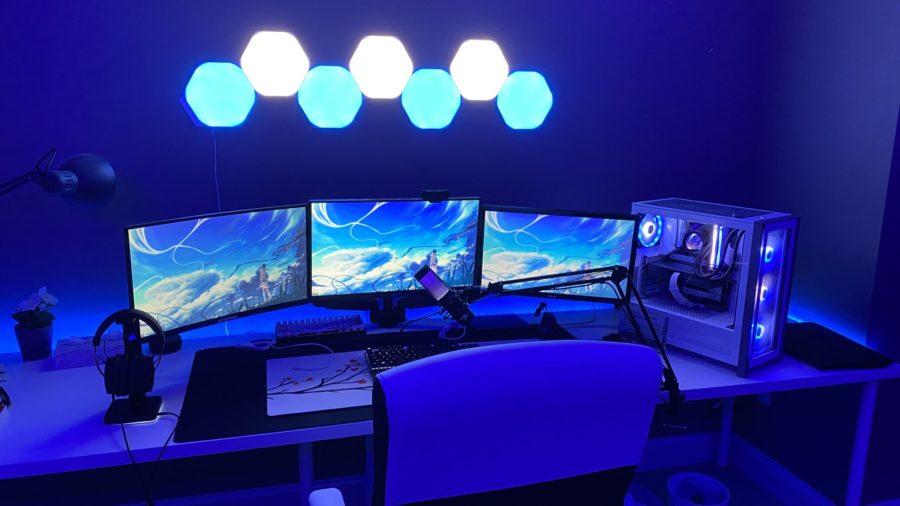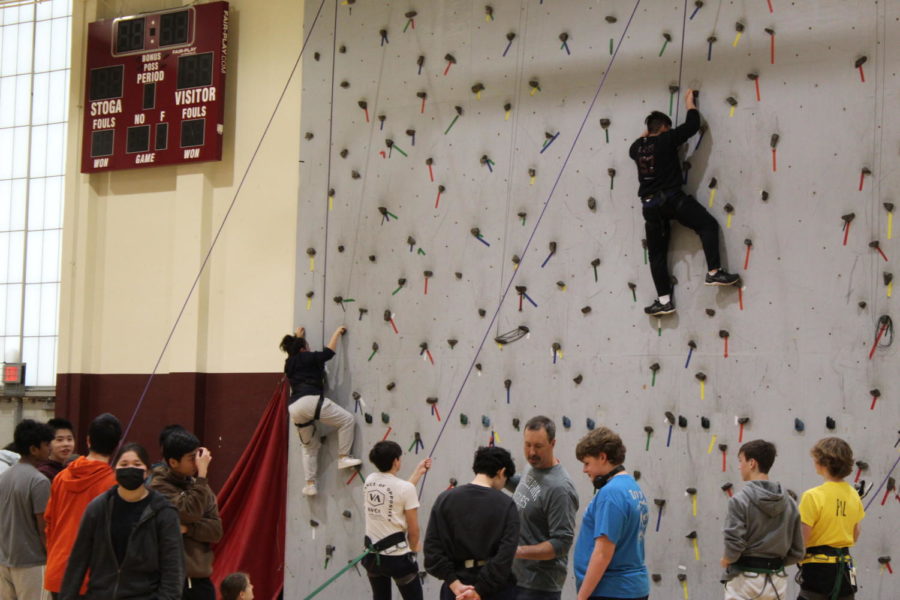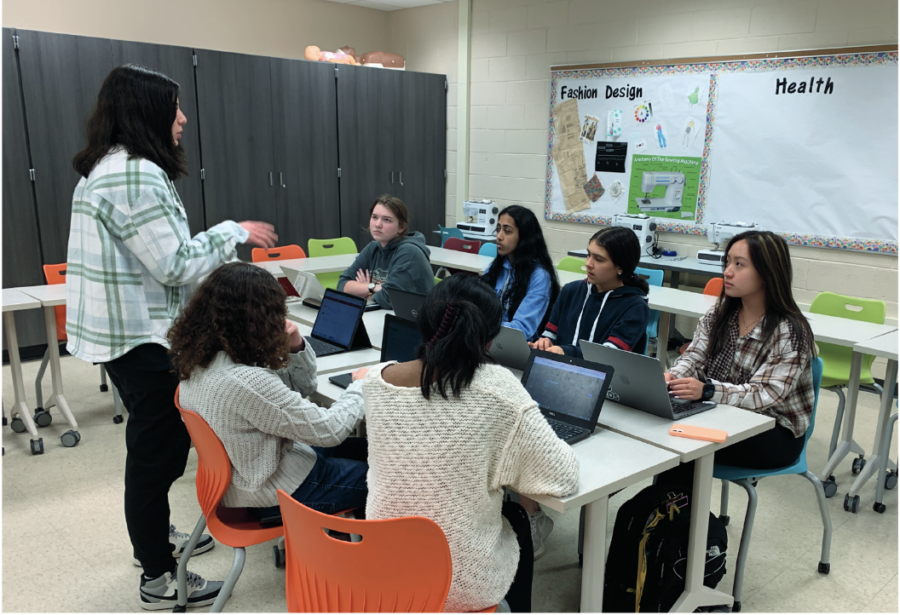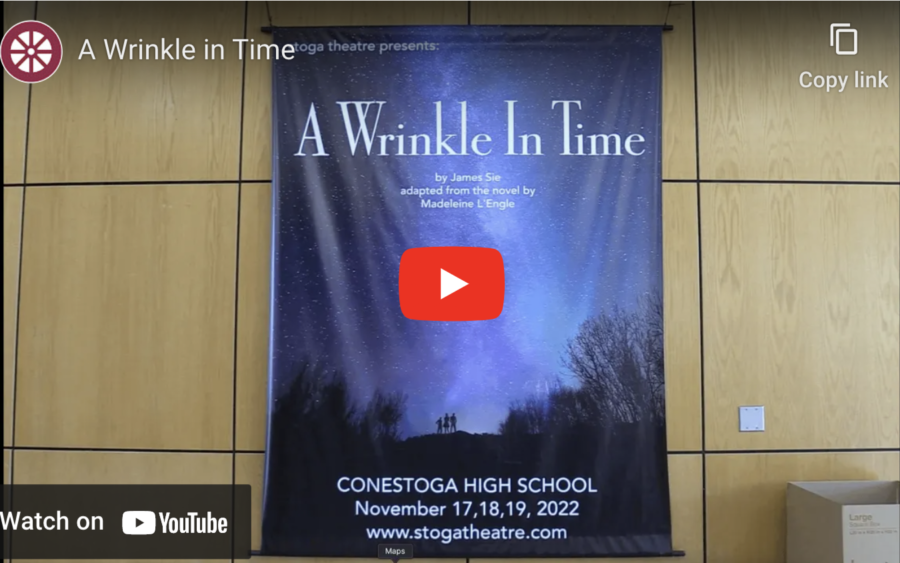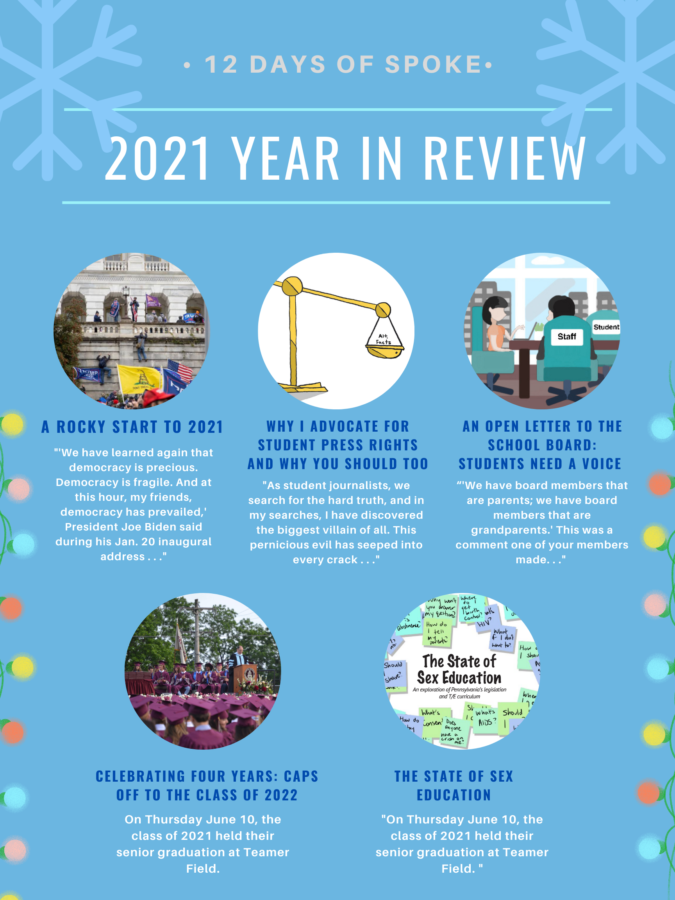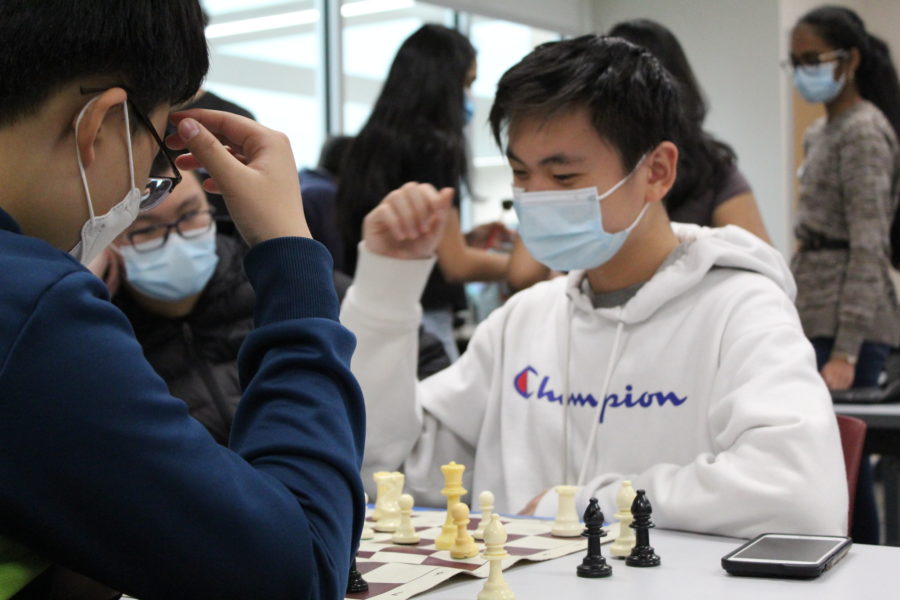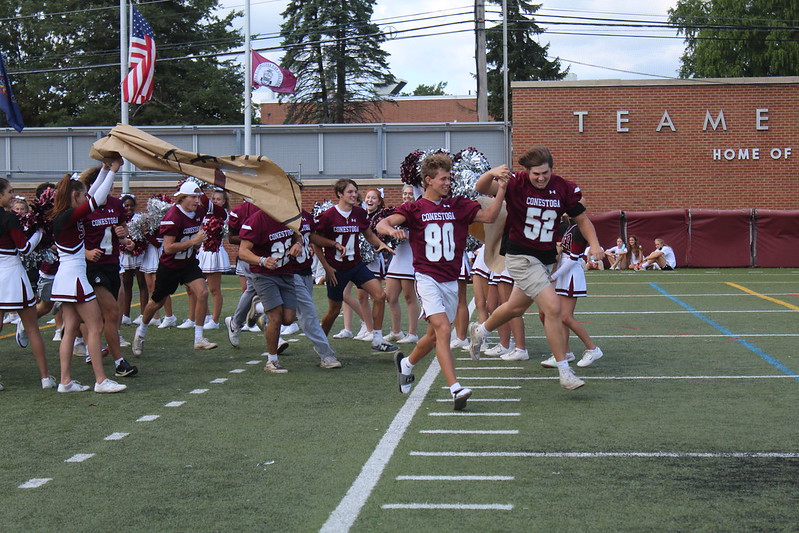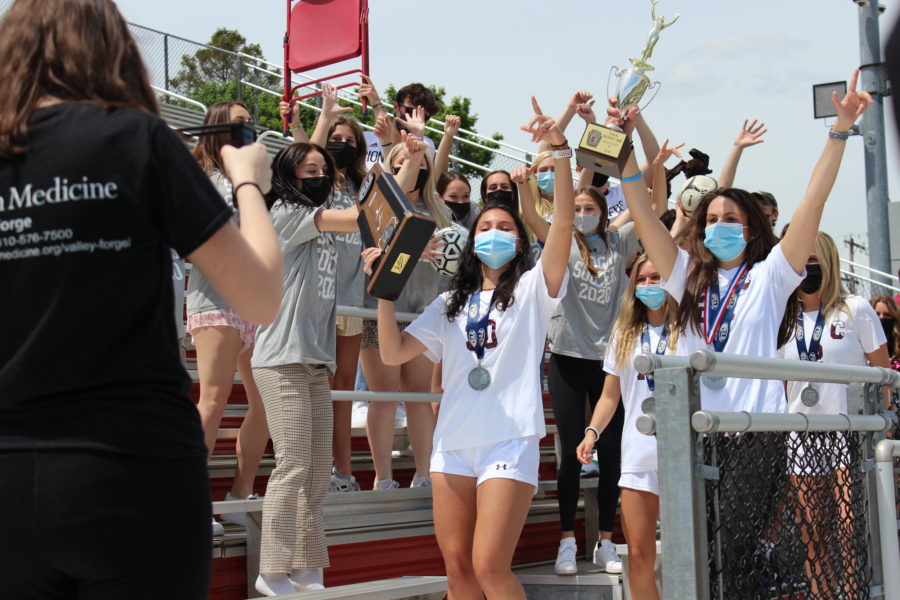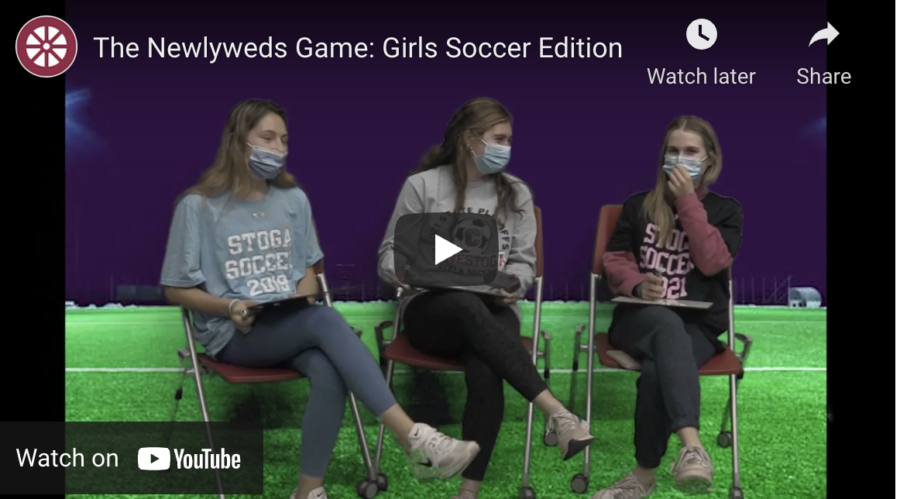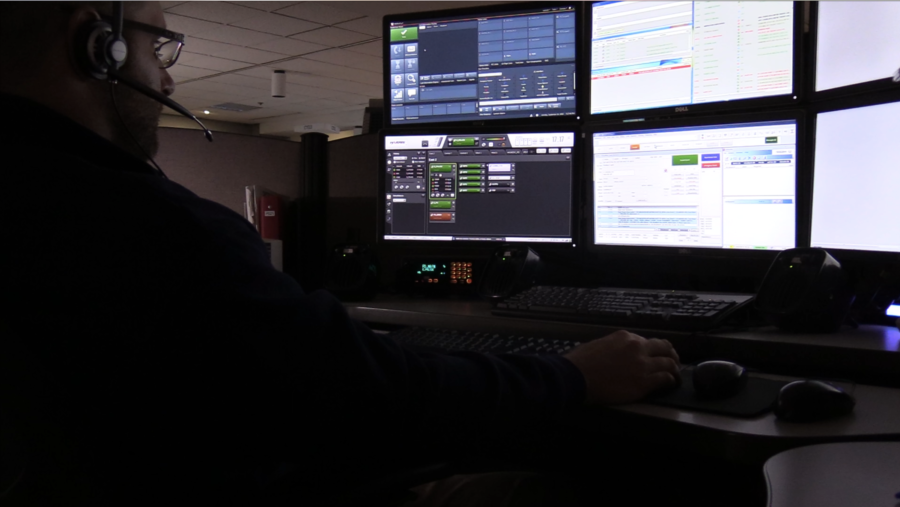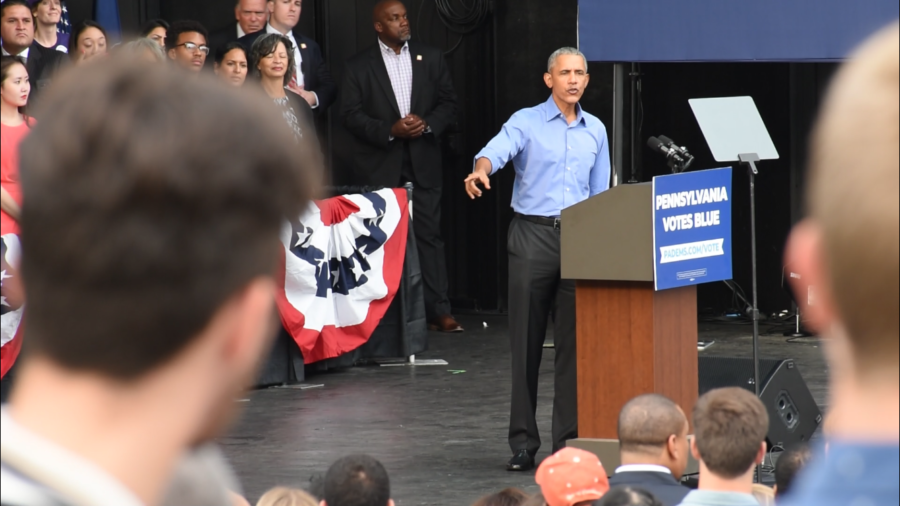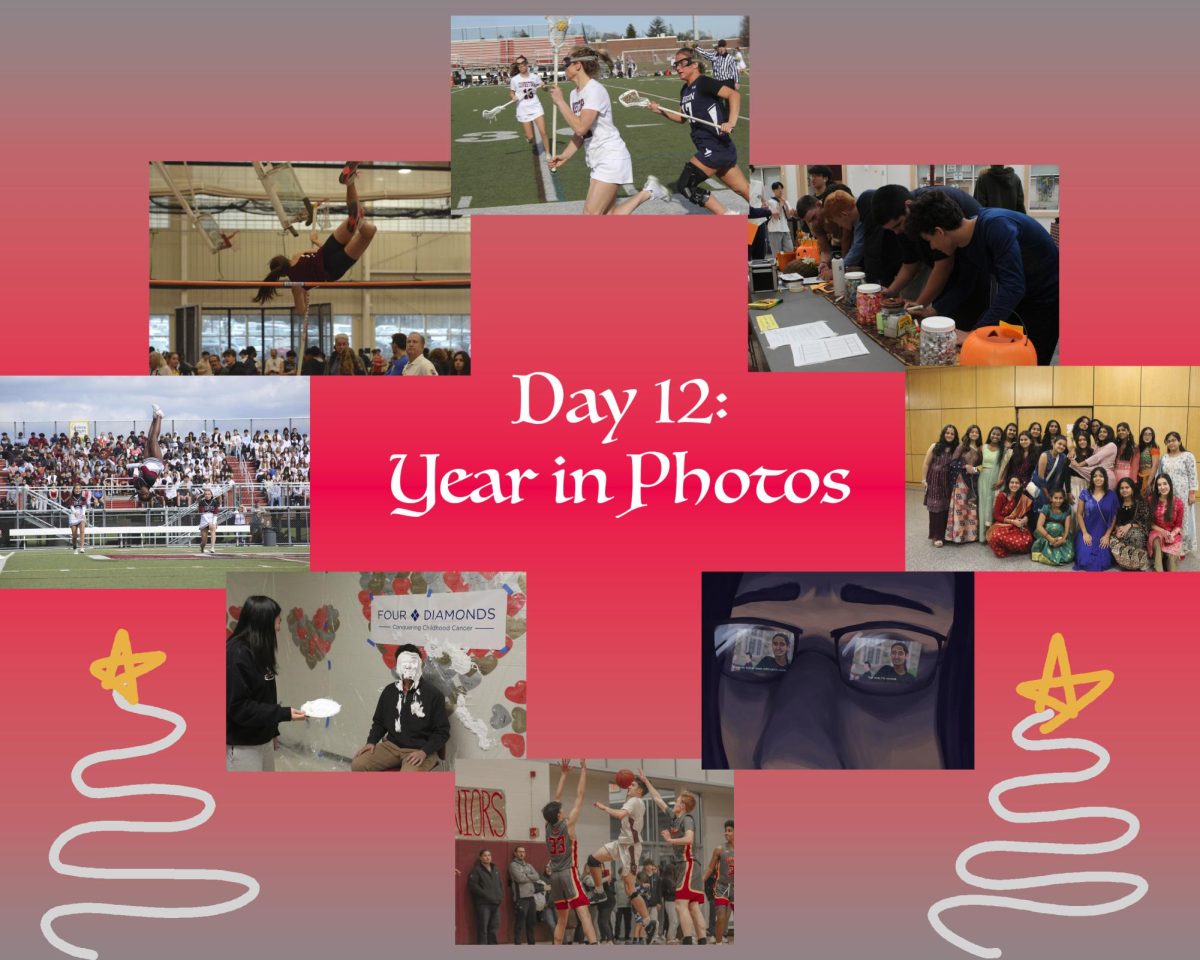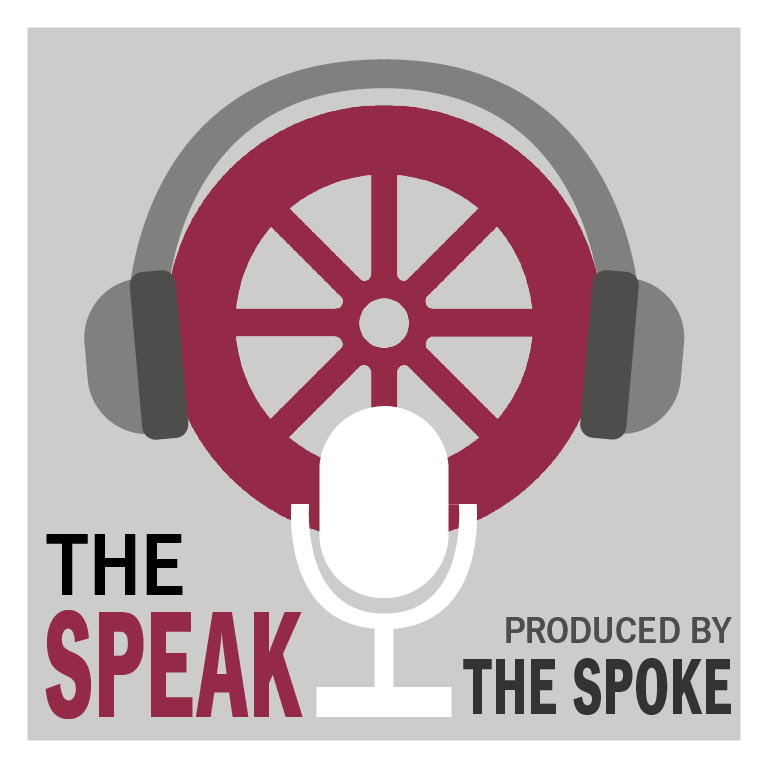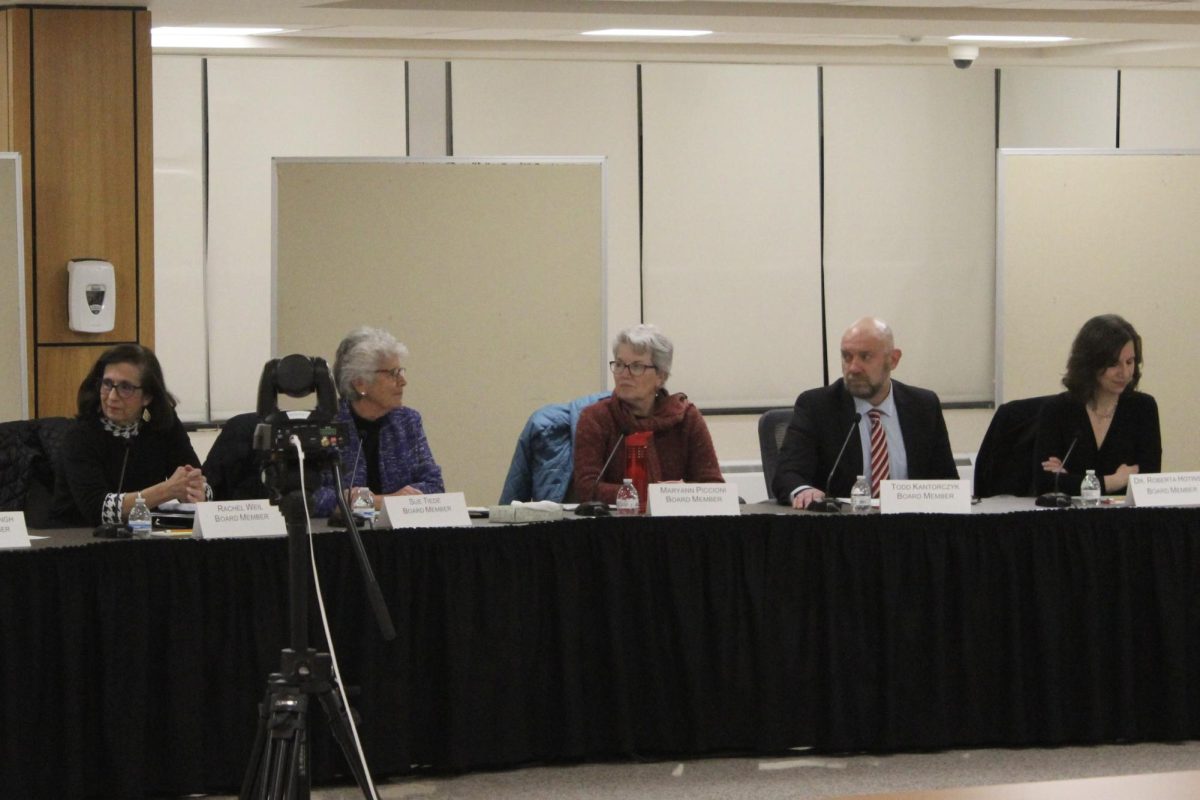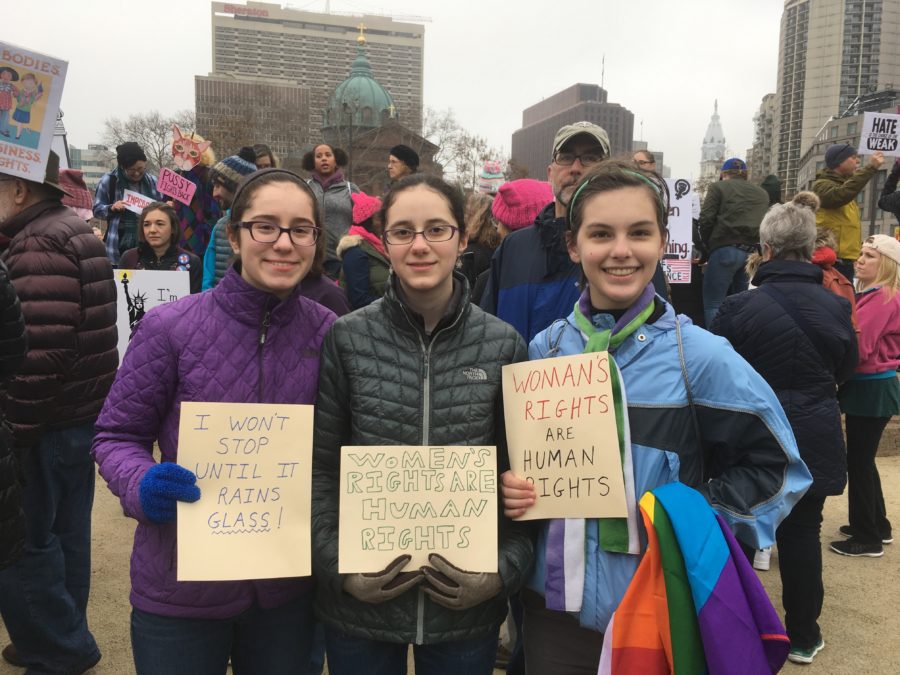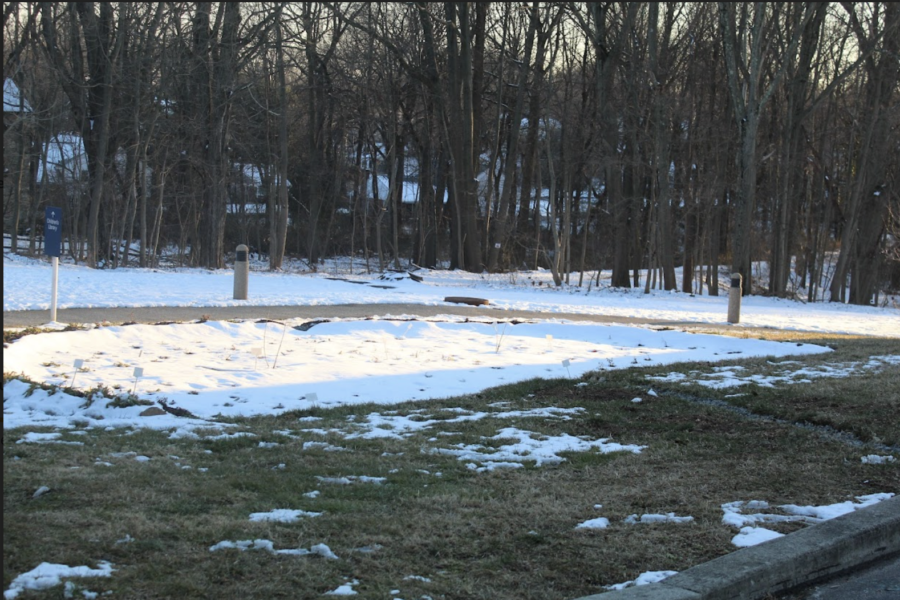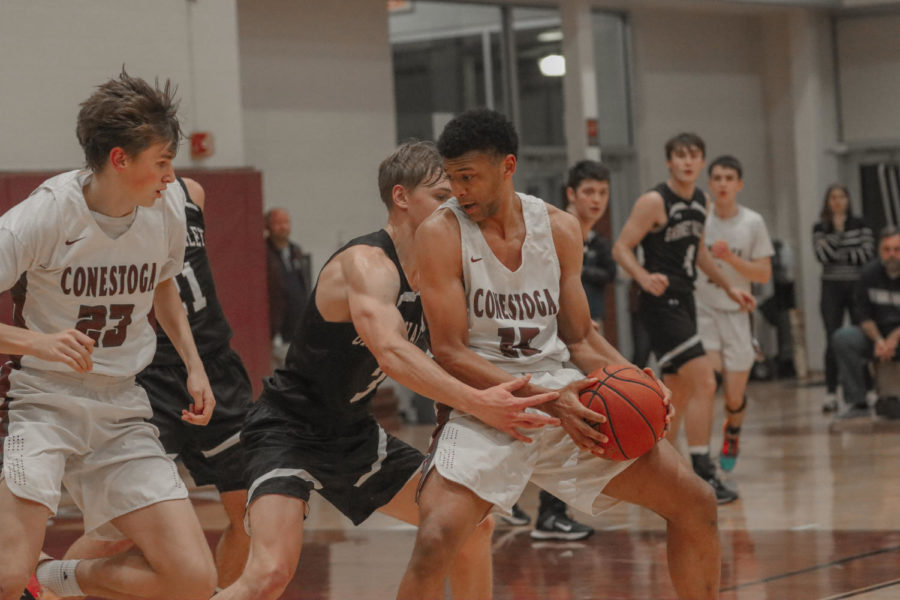By Camille Kurtz , Co-Editor-in-Chief
In unison, thousands of protesters, brandishing signs and donning pink knit hats, chanted, “Love, peace and joy! Love, peace and a sound mind!” Beginning in the front of the pack and flowing backwards in a wave, the call reverberated through a crowd estimated to be as large as 50,000 people.
On Saturday, Jan. 21, Philadelphia hosted a “sister march” for the Women’s March on Washington. The original event, held in Washington D.C., was created with the intention of providing a forum for women, the LGBTQ+ community and people of color to express their beliefs and call for a voice in the formation of the new national agenda after the inauguration of President Donald Trump on Jan. 20.
The creators of the march hoped to “send a bold message to (the) new government on their first day of office and to the world that women’s rights are human rights,” according to the march website mission statement.
An estimated 673 global “sister marches” were held in solidarity with the Washington D.C. march and an estimated 4,956,422 people attended, worldwide. Though initial attendance projections for the Women’s March on Philadelphia hovered around 20,000, Philadelphia city officials predict closer to 50,000 marchers traveled to the city Jan. 21. The march began at 10 a.m. in Logan Square and, after marching a half-mile on the Benjamin Franklin Parkway, protesters assembled at Eakins Oval for a rally beginning at 12 p.m..
Several Conestoga students and staff chose to attend the Women’s March on Philadelphia, seeing it as an opportunity to express themselves and their beliefs. Sophomore Laila Norford believes “standing in solidarity” makes a “big difference” and decided to attend the march to stand up for her rights.
“I’m marching for my rights. I fear (my) rights to my own body and my access to equal pay — everything — are being threatened and put on the line by this election,” Norford said.
With Norford, sophomore Anna Donahue also marched specifically to defend her rights as a member of the LGBTQ+ community.
“As a queer, nonbinary person, I think that this election especially holds importance and danger for me,” Donahue said. “I didn’t make a sign, but if I did, it would say, ‘I’m here. I’m queer. Hey, Mike Pence, I have no fear.’”
Even though he originally intended to march in Washington D.C., substitute teacher Serge Small appreciates having marched more locally, as the Philadelphia march was more personal to him and the atmosphere was “energized, incredible (and) determined.”
“What the march did for me personally was that it made Philadelphia my city. I felt very proud of the turnout. It was huge,” Small said. “It was a means of telling myself that I’m not alone in my distaste for what is now ensconced in Washington.”
Senior Rachel Burger, like Small, values the importance of the sister marches and found the atmosphere at the Philadelphia Women’s March to be welcoming and positive.
“Everyone was really supportive of each other regardless of their reason for being there,” Burger said. “Everyone was supporting each other and there for everyone, even if they had a specific issue they wanted to achieve.”
After marching, Burger concluded that protesting is a valuable tool, “as long as it’s positive and doesn’t demean anyone in the process of defending people.”
Small also values protests as a form of expression, but encourages those who marched to not stop there. Looking to the future, Small believes he can make a difference by contacting local, state, and national representatives.
“We need to go further,” Small said. “You have to let them know that you’re out there and you’re not just forgetting and you’re not just going to quietly go back into the woodwork after one march. That does nothing.”
Camille Kurtz can be reached at [email protected].





